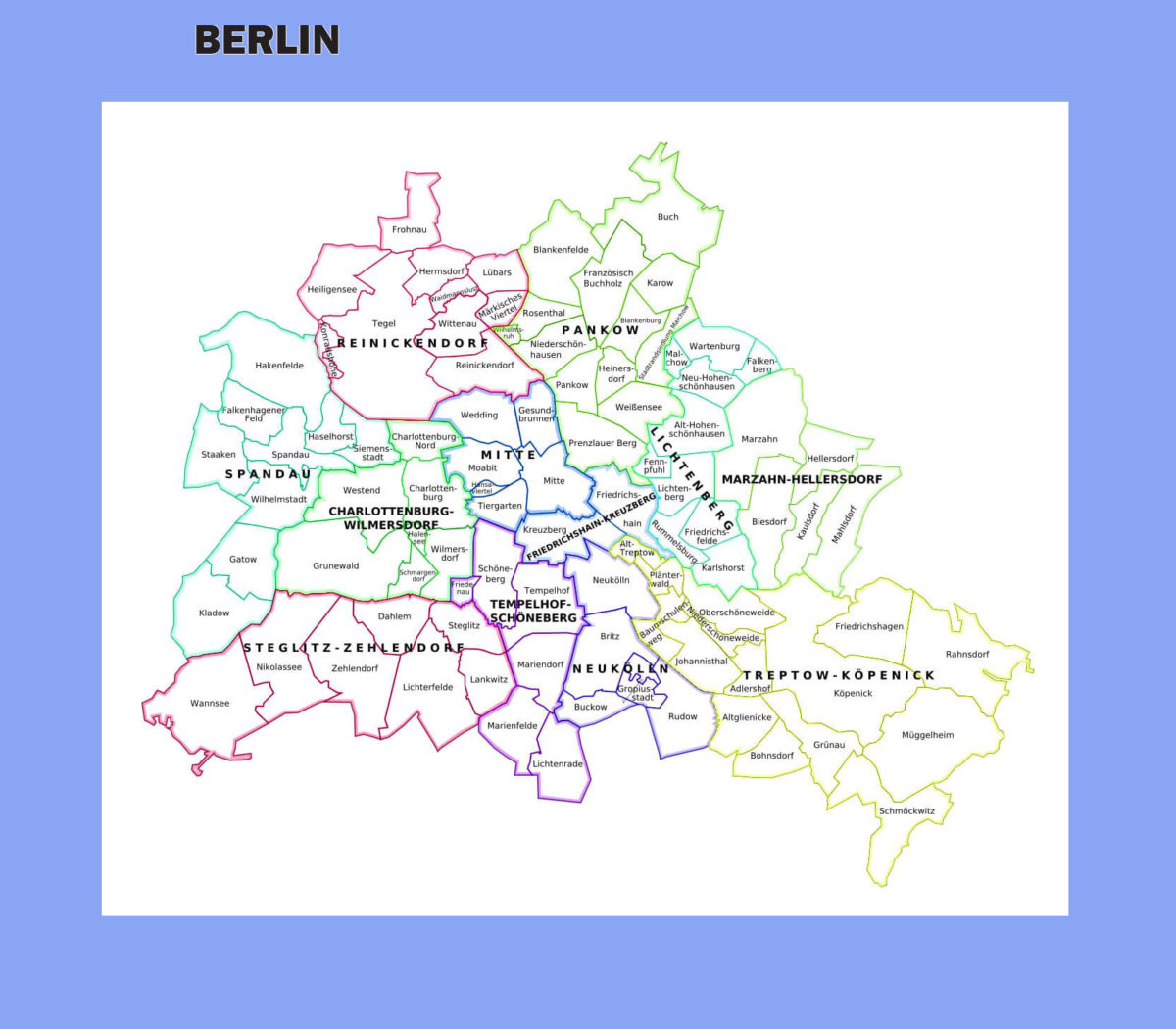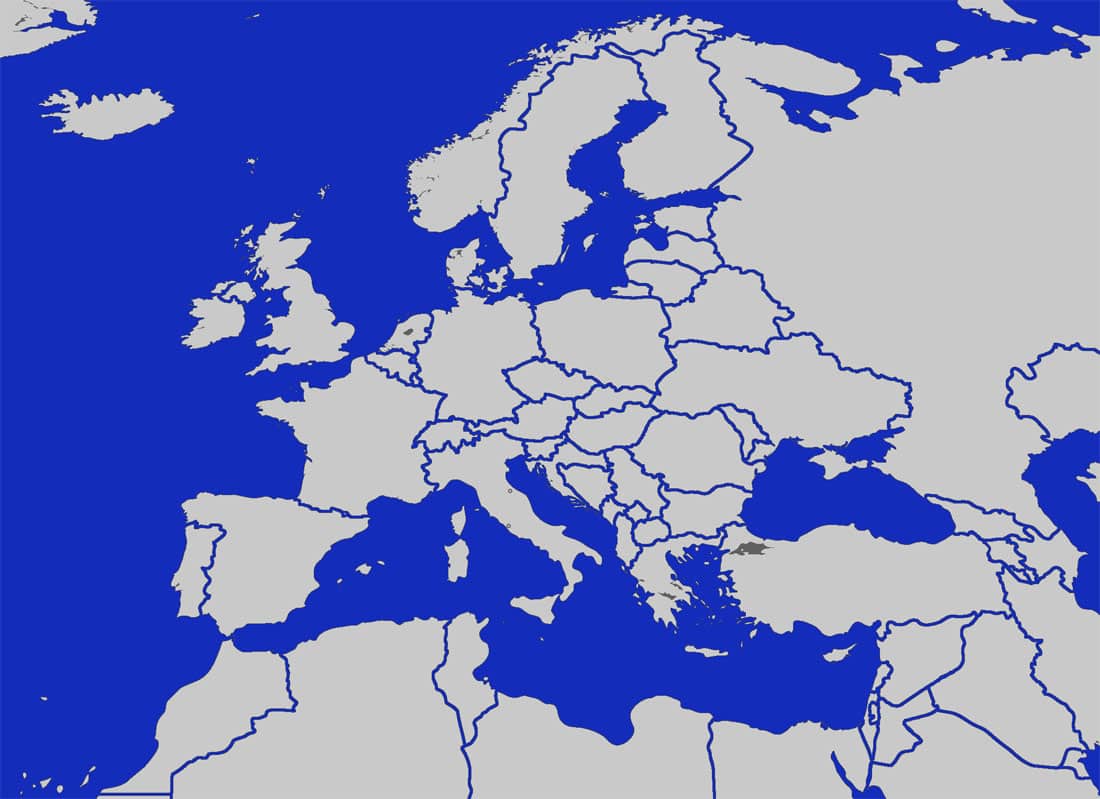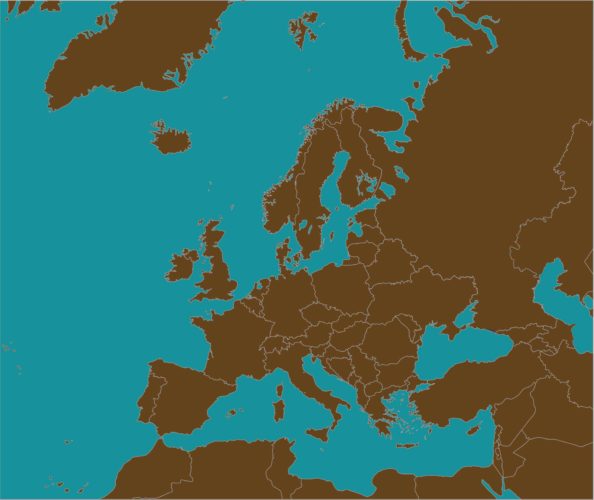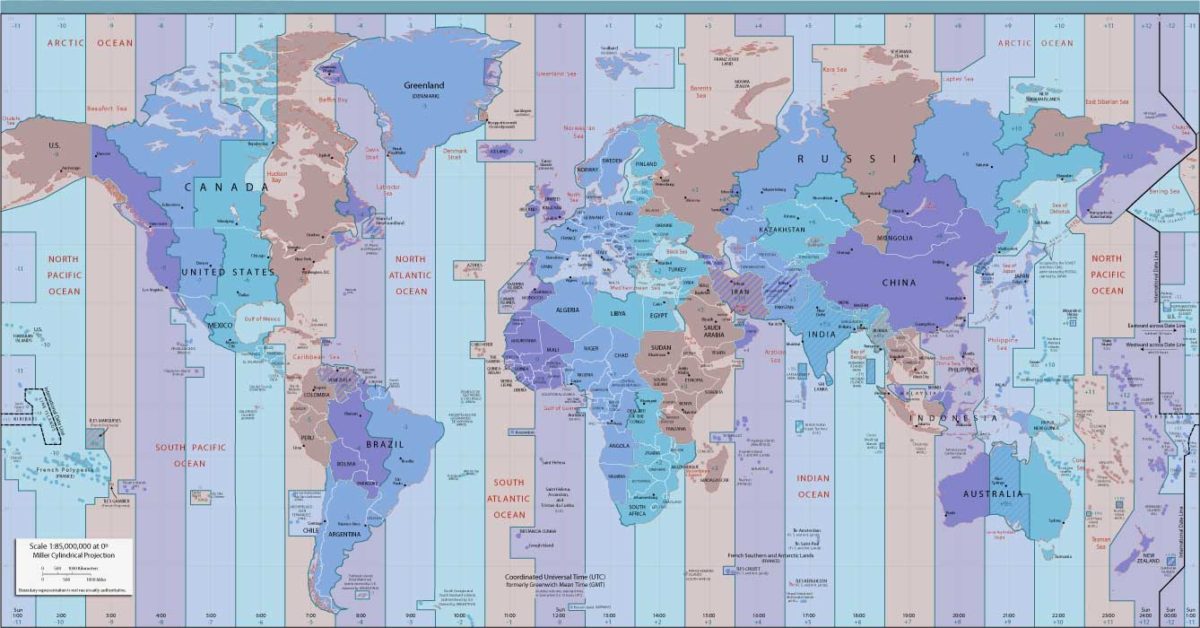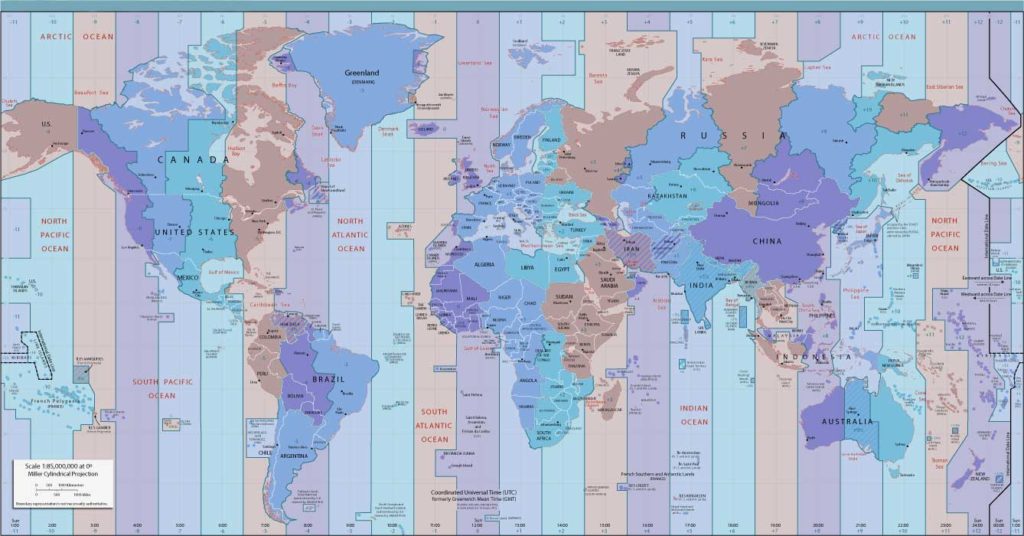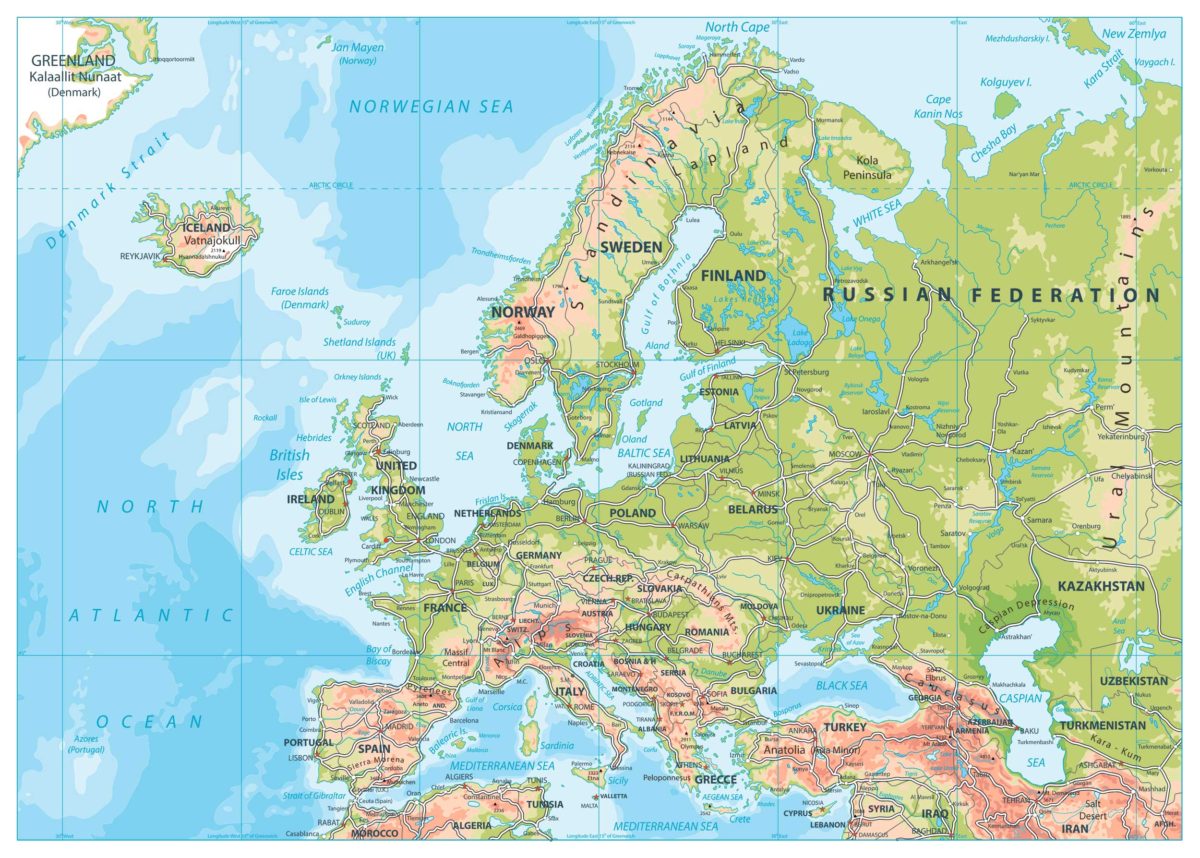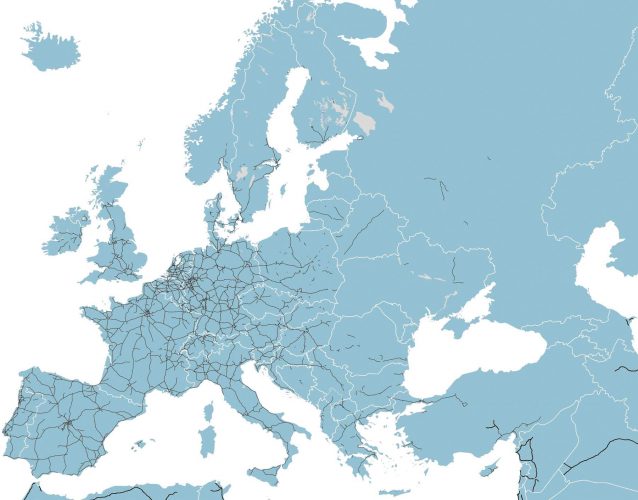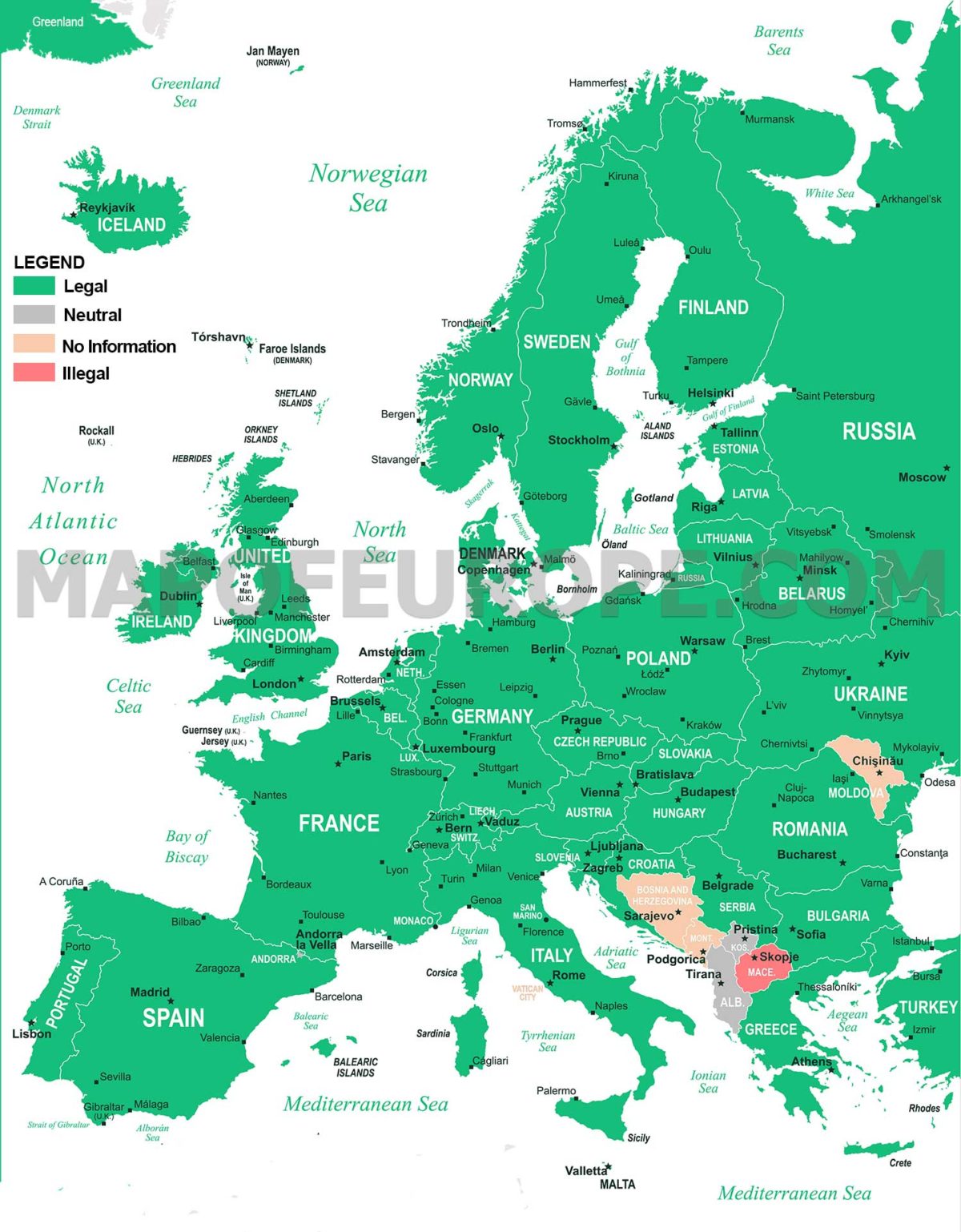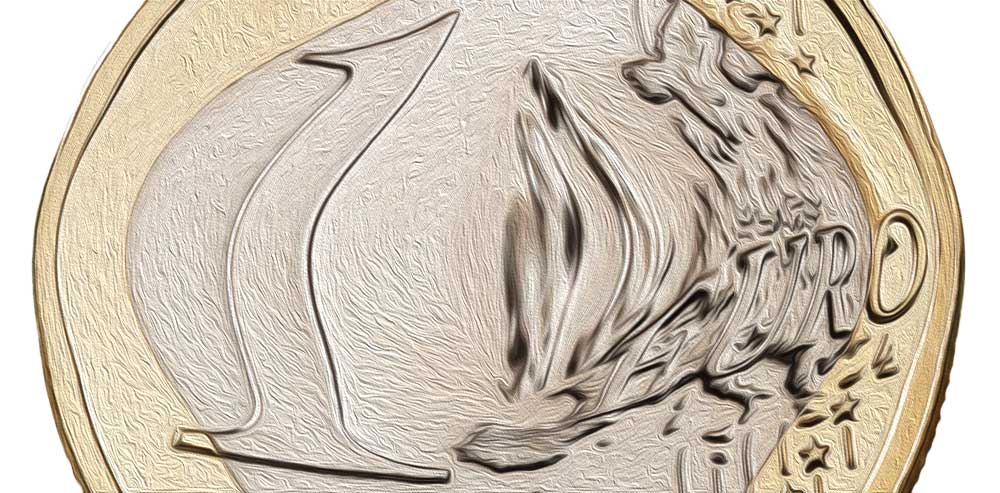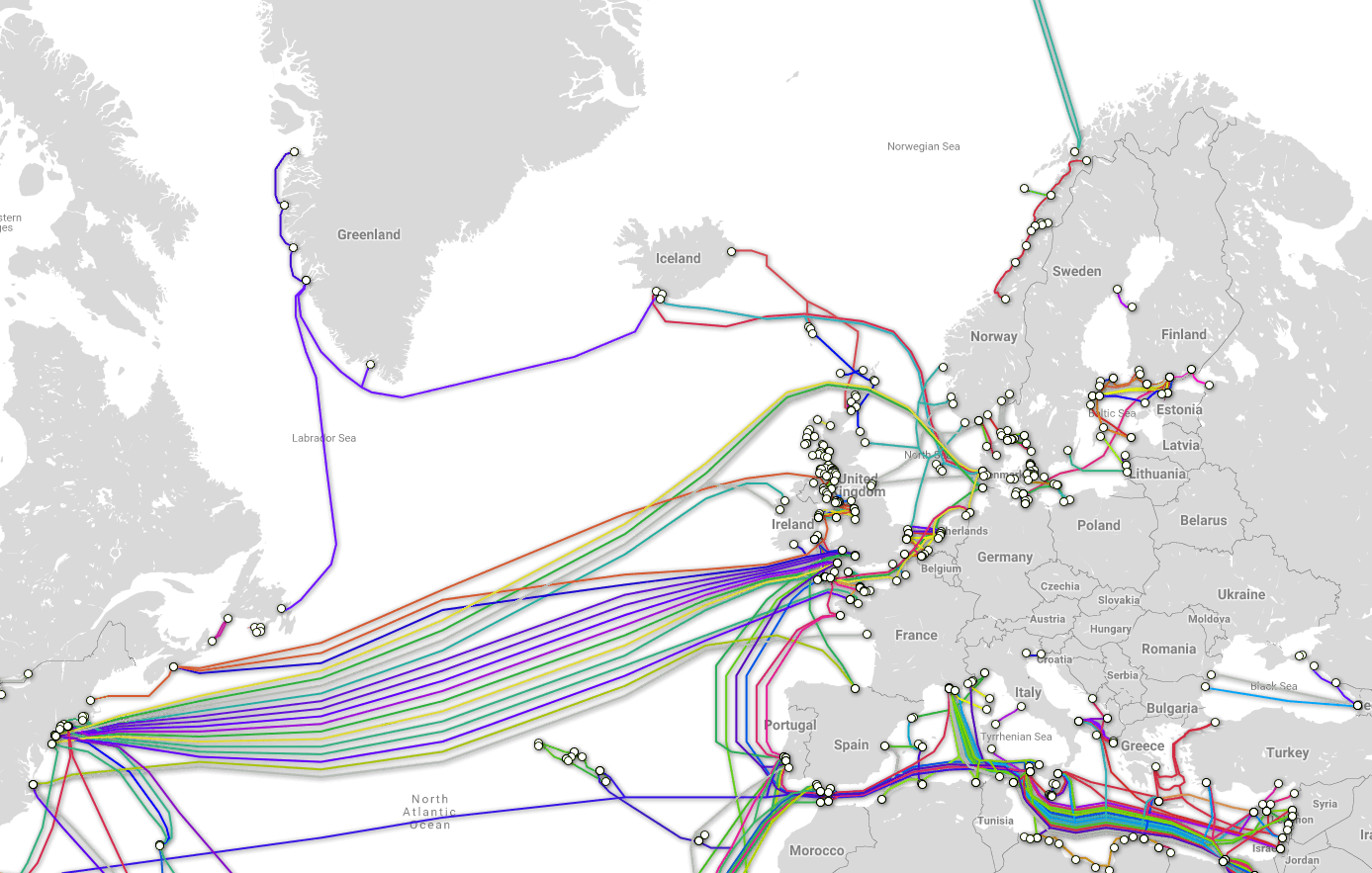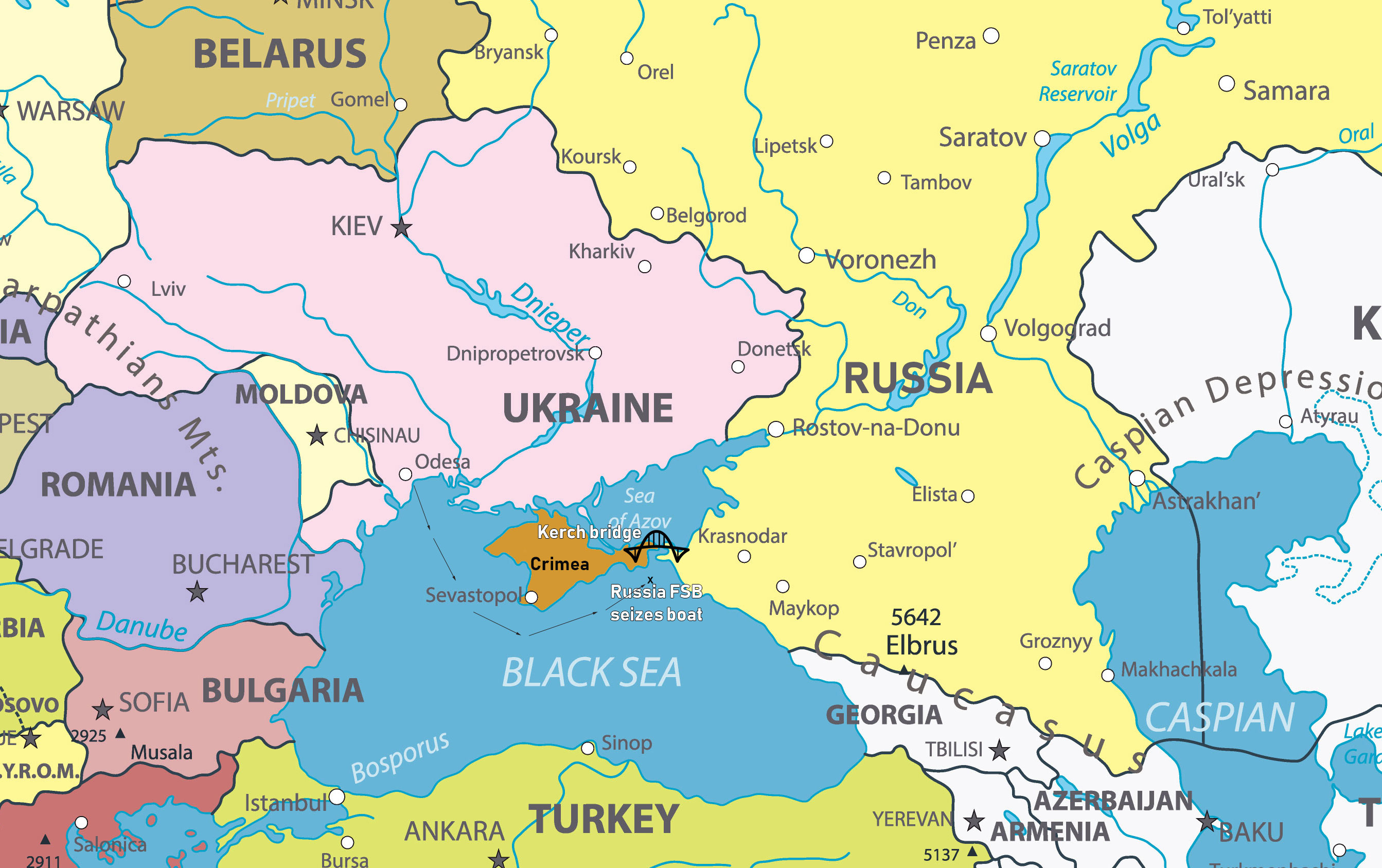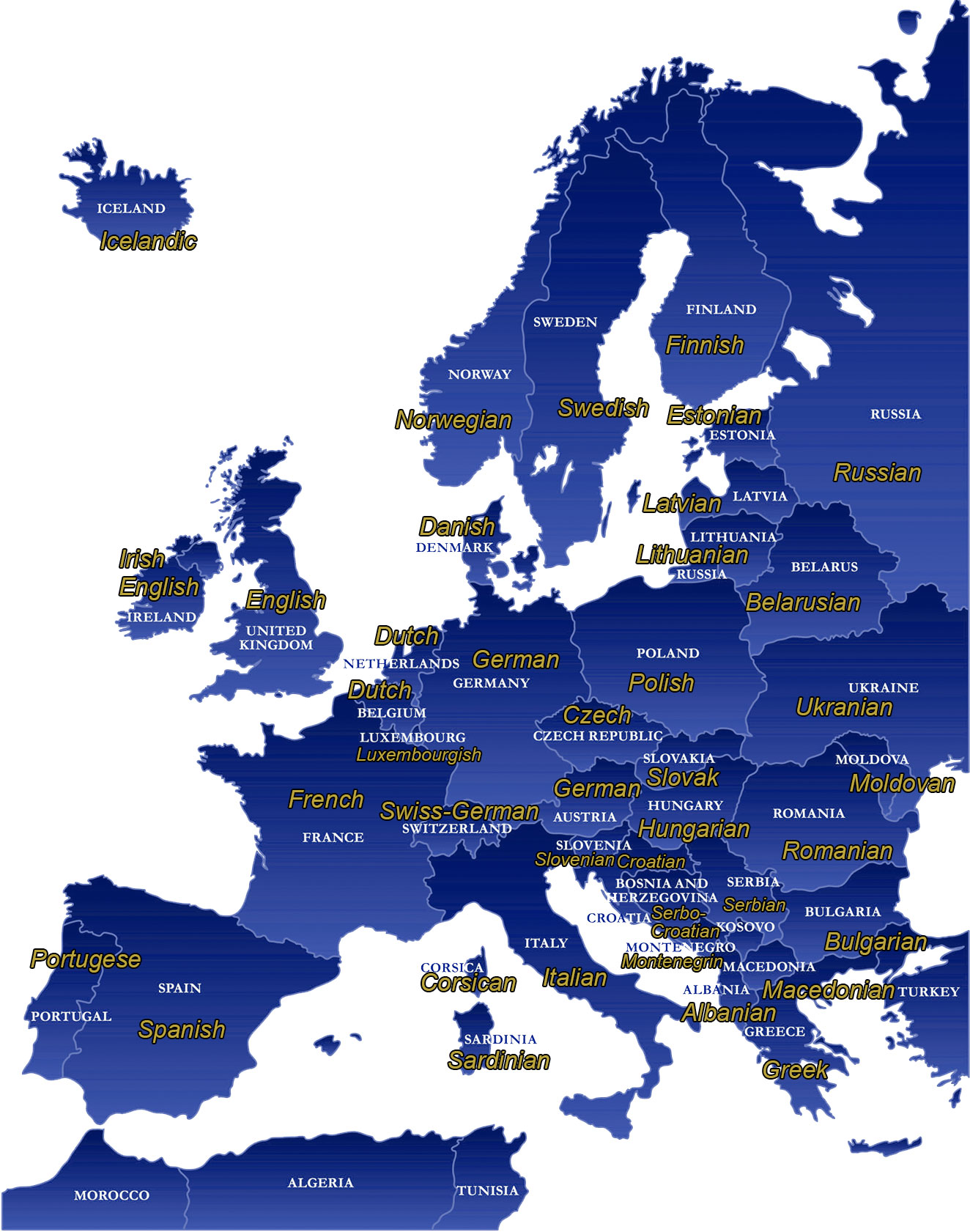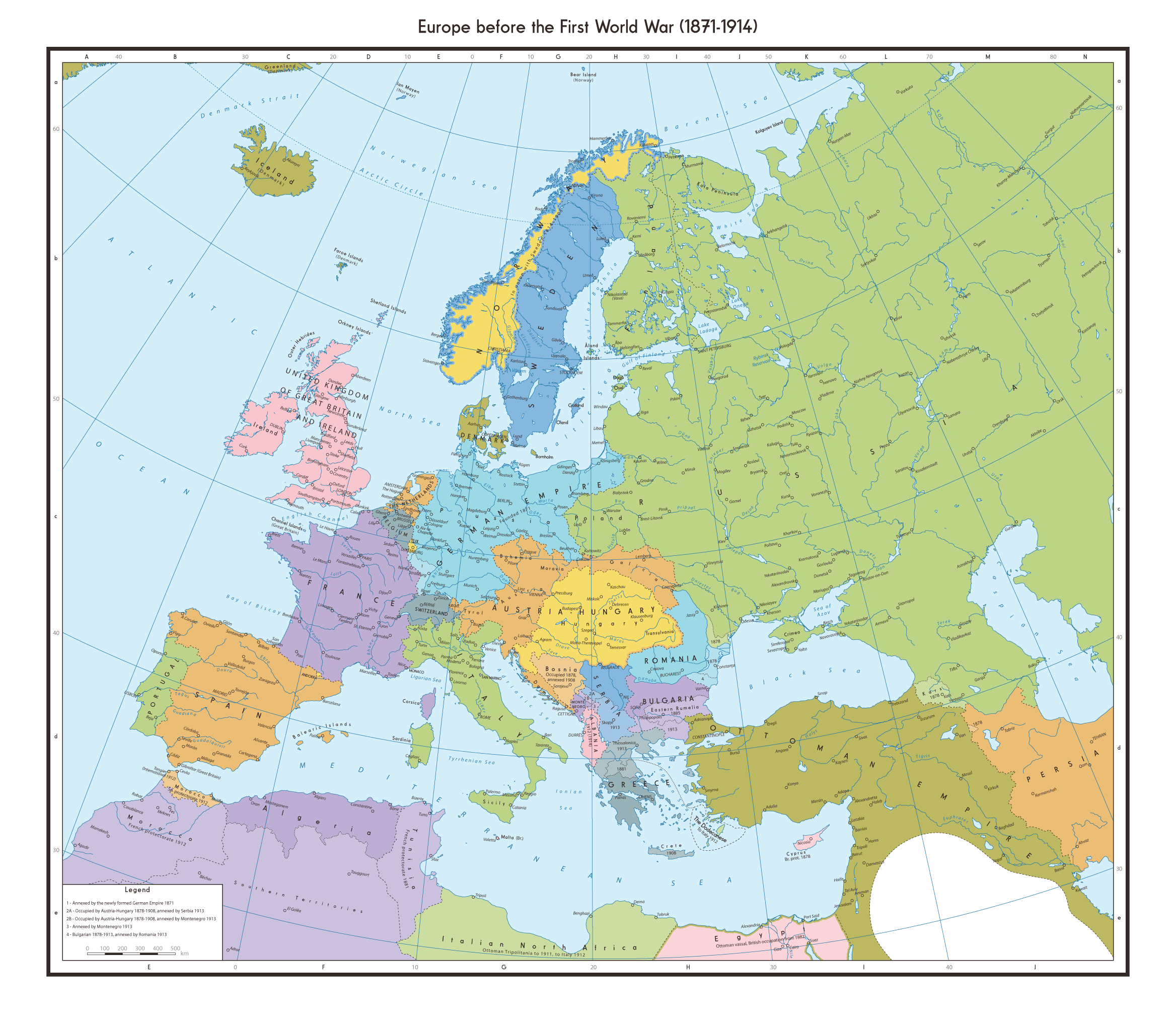Europe Map 2023 and 2024 Map of Europe with Countries
Country Details
Europe, the second smallest continent, is compact and culturally diverse, comprising approximately 50 sovereign states. For instance, France, the largest country in Western Europe, is known for its cultural richness and Paris, its romantic capital city. Its iconic landmarks include the Eiffel Tower and Louvre Museum.
Germany, located in Central Europe, is the continent’s most populous nation. Berlin, its capital, combines a rich history with a vibrant contemporary culture. Its landmarks, like the Brandenburg Gate, and the remnants of the Berlin Wall, symbolize its turbulent past.
Italy, a Southern European country, is home to Rome, one of the world’s oldest cities, and the heart of the once mighty Roman Empire. Italy’s artistic and architectural treasures, including the Colosseum and the Vatican Museums, contribute significantly to its unique cultural identity.
Finally, in Northern Europe, countries like Sweden and Norway are renowned for their breathtaking natural landscapes, including fjords and vast forests. Their capital cities, Stockholm and Oslo, respectively, are notable for their modern design sensibility coexisting with historical architecture.
Political Landscape
The political map of Europe has been continually evolving, especially in the 20th century following two World Wars and the end of the Cold War. Today, the European Union (EU) is a dominant political entity, consisting of 27 member countries that voluntarily entered into a union to enhance economic cooperation.
Germany and France are among the founding members of the EU and have played significant roles in shaping its policies. Italy also joined at the inception, sharing the vision of a peaceful, united, and prosperous Europe.
Sweden, though part of the EU, has opted to retain its own currency, the Swedish Krona, instead of adopting the Euro. On the other hand, Norway is not a member of the EU but is part of the European Economic Area (EEA), which allows it to be part of the EU’s single market.
The political landscape of Europe is complex and interwoven with its rich history. These political relationships and alliances add another layer of understanding to a map of Europe with countries, providing insight into the continent’s past and current dynamics. The distinct political identities of the countries, despite being geographically close, contributes to the diverse tapestry that makes Europe unique.
Click on the Europe Map above to get a larger more detailed view
Europe Political Map 2023
With the year 2023 about to end we decided that it was time to add an updated version of our map of Europe. Physically, not a lot has changed from the beginning to the end of 2023. The Crimea is technically still part of Ukraine but it controlled by Russia and that situation doesn’t look like it will be resolved any time soon.
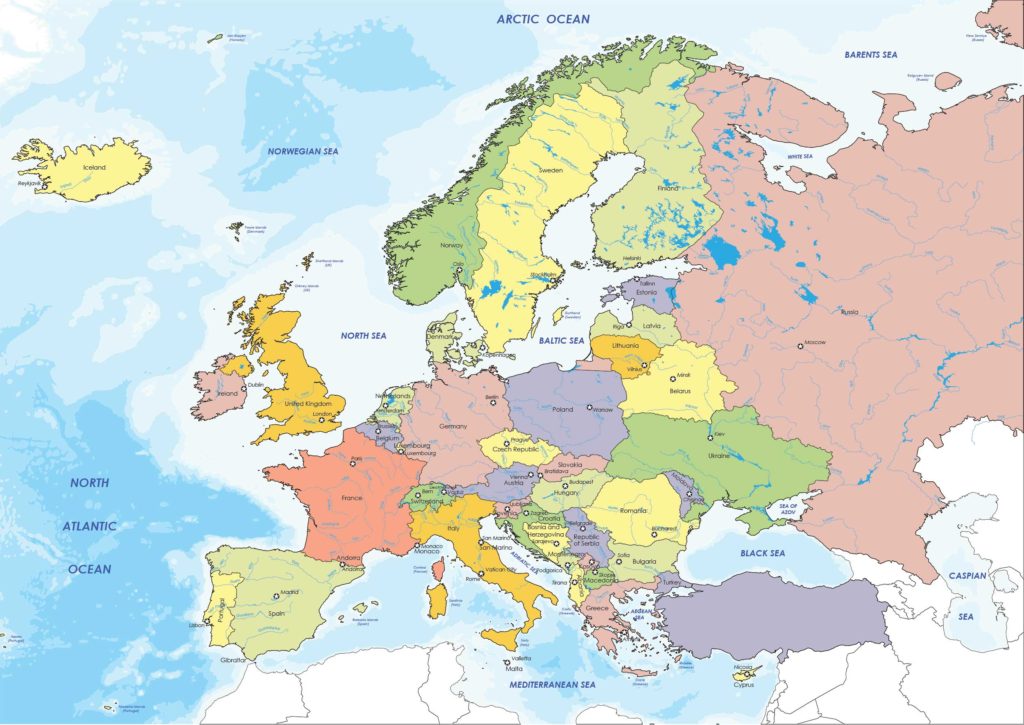
Physical Changes
The map of the European Union (EU) looks like it will be changing in 2020 with Boris Johnson winning the recent UK election. Prime Minister Johnson has promised to bring on Brexit early in 2020 which means we will have to update the EU map due to the United Kingdom (UK) leaving. Experts are saying that this could precipitate a break up of the UK in the near future. Scotland and it’s population did not vote for brexit and did not reflect the rest of the UK in voting in conservative Members of Parliament. By the end of 2020 we could see the Scottish MP’s moving towards another referendum to leave the UK and this time all the experts are expecting the leave vote to win. The other constituency that didn’t vote for brexit and is starting to distance itself from it’s British brethren is Northern Ireland. Boris Johnson’s plan to put a custom border in the middle of the Irish Sea has put offside the british unionists in Northern Ireland and there are signs that there is growing support for a union with the Irish Republic. ironically, Boris in his efforts to move the UK from the EU may have put the final nail in the coffin of the United Kingdom as we know it.
Demographic Changes
The biggest changes in the year 2020 are likely to be in demographics. While this won’t change the look of a physical map of Europe or even the political map of Europe, what it will do is change the ethnic populations of parts of the European Union. Brexit will cause all sorts of ramifications for British people who have purchased houses, land and businesses in the rest of Europe. Many of these people will be forced to head back home to the United Kingdom.
Financial Changes
It is hard to see how brexit is going to be good for economy of the UK and for that matter the economy of the EU in general. France and Germany are already eyeing off London’s claim on the European finance sector. Making it harder to sell goods and services into Europe which is Britain’s biggest external market place cannot be good for British business. Taxes and tariffs will be applied to most goods being sold into the EU from the Uk making them more expensive and making it harder for those goods and services to compete.
2020 was a turbulent year around the globe and 2020 is looking like it is not going to be much better. Here’s hoping that we are wrong. have good Christmas if you are celebrating it and have a fun and safe New Year. Love from the team at “mapofeurope.com”.
Political Map of Europe
We have a new Map of Europe and a World Map for 2024.
Above we have a massive map of Europe. The size of the map is 2500 pixels by 1761. To get the full view you need to click on the image and then click on the X in the top right corner. below are the Countries of Europe and the respective capital cities. Although we haven’t specifically highlighted the countries of the European Union Follow this link to see a map of the EU. We have now added a wonderful Physical map of Europe.
It is now 2019 and not a lot has changed. This map is probably still the best overall map of Europe on this site. Although we have added a map of Europe for 2019. We are making this page a big database of maps of Europe. So we are combining all the old maps onto one page.
While we believe the above political map of Europe is probably the best we have ever published. Here at MapofEurope.com we feel we need to bring our readers as many version of similar maps as possible. The CIA website has a massive database of maps and we have edited the large map at the CIA and cut out another version of a political map of Europe.
Even though it looks like this is a newer political map of Europe it really isn’t. It is just a portion of one of the oldest maps on the web.
Map of Europe
The map of Europe above is huge so click on it and then hit the little icon in the top right hand corner to make it enlarge to full size. It has the names of all the European countries and shows the borders and capital cities. The map also shows many of the larger cities of the countries in question. Some notable non-capital cities are Geneva in Switzerland, Cologne in Germany, Bordeaux in France. Below we will list all the capital cities and the country they are the capital of.
A New Europe Map
This is the new 2018 Political Europe Map. Europe isn’t changing much at the moment. Not like in the late 90’s and early 2000’s. The only change we can expect either this year or in the next few years is the United Kingdom leaving the EU. Russia seems to have curbed it’s expansionist ways. Although there is still some trouble in the Ukraine.
While the physical boundaries of the countries in Europe are not likely to change in the near future. Obviously the physical Europe map itself will not change at all. We do try to provide at least 2 updated maps every year.
Other countries that might change the face of Europe in the near future are countries like Hungary and Poland. Both these countries have elected a parliament that is somewhat antagonistic to the European Union. While Turkey is on the border of Asia and Europe. It has been trying to join the European Union, however recent changes to the political climate are making it’s inclusion look a bit shaky.
All in all we are in for an exciting although troubling time. We have added an interactive map of Europe for 2018. We now have a Europe Map for 2019.
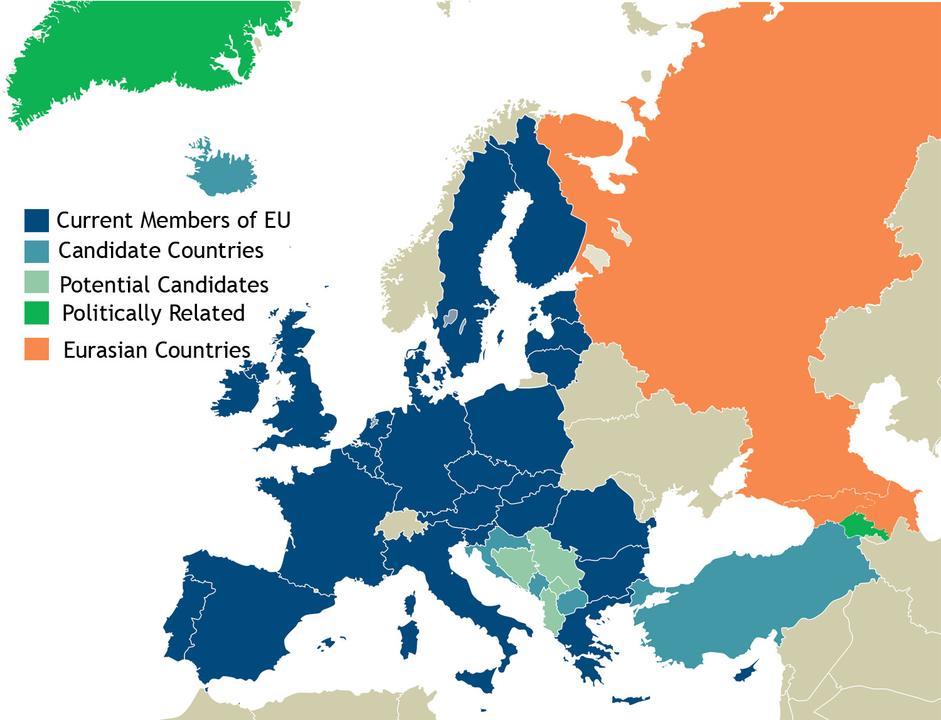
While not technically a political map of Europe in the strictest sense. This map tries to set a delineation between the European Union Countries and the rest of Europe. It also is an attempt to see how the other non European Union countries fit within the greater European region. Technically speaking go here, if you want to see a political map of Europe in the historical definition of the phrase. This area is mostly about conjecture and how Europe ties together as a continent. It will be updated regularly and this map may change and others will be added.
We will also be adding historically accurate political maps so as to show how politics progressed through you Europe over time. In researching this area we found some interesting and sometimes funny and sometimes serious events that caused unusual redrawing of the borders of various countries that make up Europe. Some countries were created and some were lost to time and the borders moved around quite a deal through out the 4000 years of European history. Politically speaking most countries started out as city states and then as one state or another became dominant, the others in the vicinity got swallowed up. One extreme example of this is the Roman empire which swallowed up huge tracts of Europe, Africa and the Middle East for that matter. It was all considered part of the Roman empire and eventually when the empire split up and slowly died certain geographical regions banded together to eventually form the countries of Europe. Some of these remain to this day and others have fallen by the way side. It will definitely be an interesting insight into how politics and culture work together at nation building. Stay tuned.
What countries are in Europe map?
There are a few definitions of Europe we can consider when answering this question. There is the EU (European Union) which is one definition of Europe but that is not encompassing enough for us. There are countries that Span both Europe and Asia like Russia which some want to put into Asia only. We do subscribe to this point of view either. Then there are countries like Georgia that aren’t transcontinental with Europe but are very European in the make up of the population and culture but are not officially part of Europe. Here at mapofeurope.com feel that all these countries should be given a chance to participate in the great experiment known as Europe. Below we have a comprehensive table of the countries that are within Europe.
Map of Europe with Cities
| Country | Capital |
| Albania | Tirana |
| Andorra | Andorra la Vella |
| Armenia | Yerevan |
| Austria | Vienna |
| Belarus | Minsk |
| Belgium | Brussels |
| Bosnia and Herzegovina | Sarajevo |
| Bulgaria | Sofia |
| Croatia | Zagreb |
| Cyprus | Nicosia |
| Czech Republic | Prague |
| Denmark | Copenhagen |
| Estonia | Tallinn |
| Finland | Helsinki |
| France | Paris |
| Georgia | Tbilisi |
| Germany | Berlin |
| Greece | Athens |
| Hungary | Budapest |
| Iceland | Reykjavik |
| Ireland | Dublin |
| Italy | Rome |
| Kosovo | Pristina |
| Latvia | Riga |
| Liechtenstein | Vaduz |
| Lithuania | Vilnius |
| Luxembourg | Luxembourg (city) |
| Macedonia | (FYROM) Skopje |
| Malta | Valletta |
| Moldova | Chisinau |
| Monaco | Monaco |
| Montenegro | Podgorica |
| Netherlands | Amsterdam |
| Norway | Oslo |
| Poland | Warsaw |
| Portugal | Lisbon |
| Romania | Bucharest |
| Russia | Moscow |
| San Marino | San Marino |
| Serbia | Belgrade |
| Slovakia | Bratislava |
| Slovenia | Ljubljana |
| Spain | Madrid |
| Sweden | Stockholm |
| Switzerland | Bern |
| Turkey | Ankara |
| Ukraine | Kyiv (also known as Kiev) |
| United Kingdom | London |
| Vatican City (Holy See) | Vatican City |
We have a new World Map 2023 and a new EU Map “European Union Map 2023“. The 10 smallest countries of Europe article has had an update but nothing has really changed.
Map Information about the continent
We have added a map that is probably our best and largest. On Map of Europe we have termed our political map and although strictly it does not contain everything a political map should have it is close enough and is much easier to read than your standard Political map.
Europe is the sixth largest continent by land mass (approximately 3,997,929 square miles or 10,354,636 square km). Only one continent is smaller and that is Australia. The population is about 739,300,000 individuals, which makes it the world’s third most populated and it boasts some of the oldest civilizations of any continent.
Travelling Europe is one of life’s pleasures and due to the above mentioned civilization age, it boasts one of the oldest tourism industries also. Being so long established Europe caters well for every type of traveller.
Europe is made up of 20 countries. The smallest is Vatican City, which is virtually only a suburb of Rome. The largest country is Russia, although if we are talking about Western Europe, then that would be France.
So if you are travelling a good map of Europe is necessary. We do live in a time of smart phones that have GPS functions but it is still a good idea to have a paper map of Europe as a backup. They fold up to be quite small, so every backpacker should have on one in her or his backpack. If you find yourself outside of signal range or if the battery in your GPS or phone empties, you still have a way of knowing where you are.
The diversity of cultures in Europe is one of the key reasons it is such a popular tourist destination. If you are looking for lazy summer beaches then Croatia, Greece, Spain and France are just some of the best hot spots for that type of travel. If Skiing is your thing then you might want to get out the maps of Switzerland, Austria, Germany, France and Slovenia. These countries have some of the best skiing in the world and some places you can ski all the year round. A good way to get to these ski fields is to travel by train as the train system in Europe is so good it is hardly affected by snow. buying a Eurail pass is the best way to go and here is a rail map of Europe to show you all the routes and destinations. We have also included a massive Eurail Map.
When looking at a topographic map of Europe you will notice that it is very mountainous and much of the wilder places are covered in arboreal forests. So if hiking is your thing then Europe is only quite willing to cater to your needs.
Some of the oceans and Seas that border the continent are as follows. The Barents Sea, Arctic Ocean and Norwegian Sea are to the north. The North Sea and Baltic Sea’s are more or less in the middle of the map. The Atlantic Ocean and the Greenland and Celtic Sea’s are off to the west of the continent. The Mediterranean, Adriatic and Aegean Sea’s lie to the south. The Black and Caspian Sea’s lie more or less to the east. Other naturally occurring borders are Ural Mountains and the Ural River and the Caucus Region (a group of countries, the best known of which are Armenia and Georgia).
Some Political information about Europe
There are about 50 countries that make up the continent of Europe. The largest being Russia and the smallest being Vatican City. Most countries in Europe belong to the European Union and use the Euro as currency. Click on the links below to learn more about each country.
Other physical features of the continent of Europe
The main rivers are the Danube, Rhine, Volga, Seine, Ural and Loire. The longest being the Danube. The main mountain ranges are The Alps, Pyrenees, Ural, Caucus and the Carpathian mountains. The highest mountain in Europe is situated in Russia and is called Mt Elbrus, it is 5642 meters high although the highest in Western Europe is Mt Blanc which is situated in France.
What the the Europe Map looked like in 2019 is below
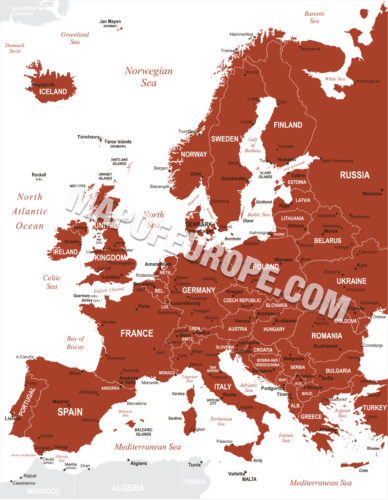
Well it is that time of the year again. It is time to start thinking about what the Europe Map is going to look like in 2019. Last year in 2018 we speculated as to what the Europe Map would look like in 2018. We speculated about the UK leaving the EU or more importantly what that separation would look like. Well here we are in 2019 and we are still speculating.
Russia’s pressure on the Ukraine has not increased but has maintained at the same level, so we could see a change in that area of Europe in the near future. Turkey has not entered the European Union and doesn’t look like it will in 2019 or maybe ever.
With Donald Trump’s machinations in the White house and Vladamir Putin’s continuing resentment of the EU and Germany in particular, 2019 is shaping up to be an interesting year.
While people might think it is early to be publishing a 2019 map of Europe, here at Europe political map we try to be ahead of the curve. This is possibly the best and most easily read political map of Europe

We have finally done it. We have upgraded our oldest map post to a new and better version. Google will probably hate it like it hates the rest of this site but we won’t let that stop us. We aren’t really sure if this is a political map or not but it follows a similar format of the original, that is good enough for us. The next map we will be updating is our road map of Europe. Stay tuned!
Ye Olde Map of Europe
This is the oldest map of Europe we have on the site. It was the first map uploaded back in the late nineties. Yes MapofEurope.com has been around that long. We originally got this map from the CIA World Fact Book. Yes that site has been around even longer.
It is interesting to see how much the borders of Europe have changed. Western Europe has pretty much remained the same. While parts of Eastern Europe have changed. Serbia has had Kosova separated from it. Russia has annexed the Crimea from the Ukraine. Montenegro has also separated from Serbia to become the master of its own destiny.
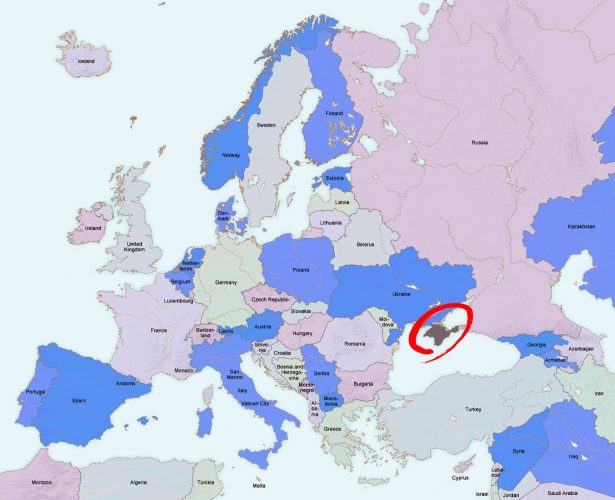
It is at about this time of year with the silly season fast approaching, that we take a look at how the borders of Europe have changed in 2016. We have had a pretty turbulent couple of years, with the war in the Ukraine and the refugee crisis. So we are going to put up a map of Europe 2016, as of the 13th of October 2016.
Europe hasn’t changed dramatically since the Balkan war in the eighties and nineties when Yugoslavia was broken up into Croatia, Slovenia, Bosnia and Herzegovina, Montenegro, Macedonia and Serbia. The big and very controversial and it has to be said unpopular change is the annexation of the Crimea by Russia. Shown on this map with a red squiggle around it. Although the Crimea has a majority of Russian speaking population it has always been considered to be a part of the Ukraine. In 2014 The Crimean people did have a referendum on leaving the Ukraine in 2014. The overwhelming vote was to leave, although there are rumblings that some of the voting was rigged. Russia fully integrated the Crimea into the Russian federation in 2015 and the status of the Crimea has be left in limbo.
So that is the map of Europe as it stands for 2016. Will it be the same in 2017. Maybe not. With Catalonia and the Basque country demanding independence we may see a redrawing of the European boundaries in 2017.
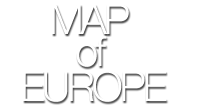
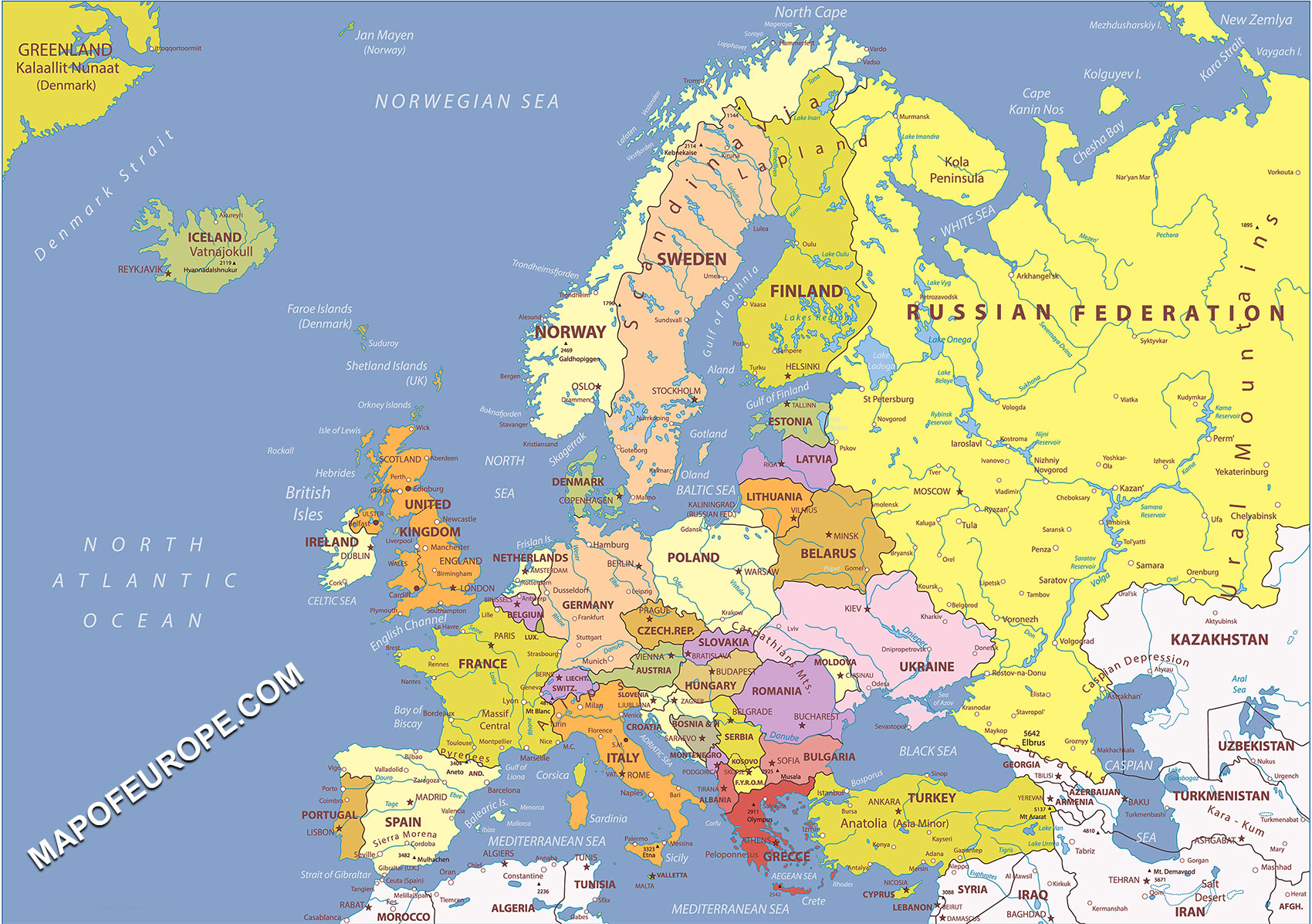
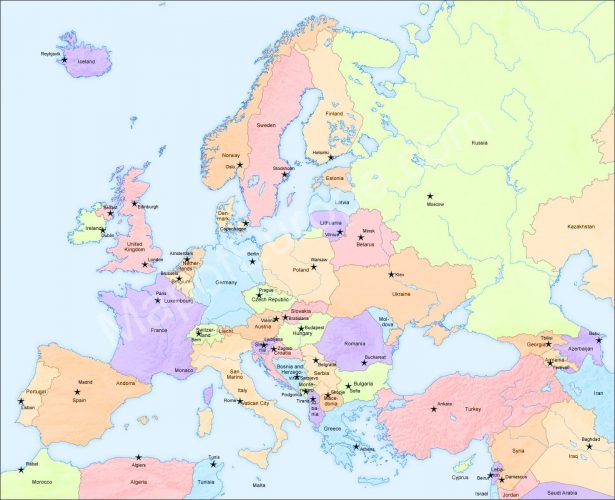
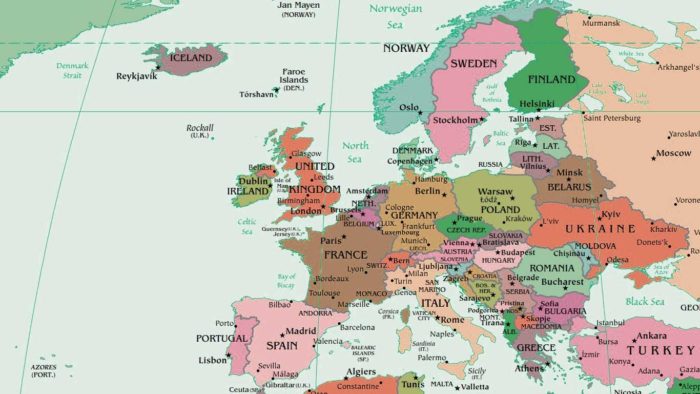
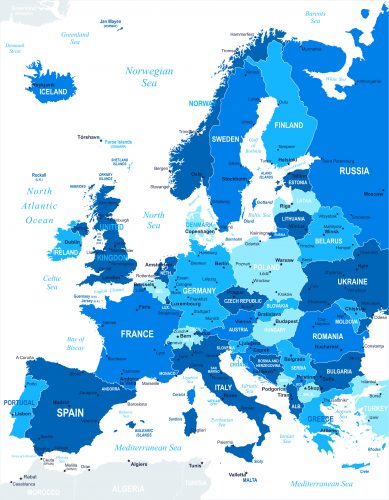
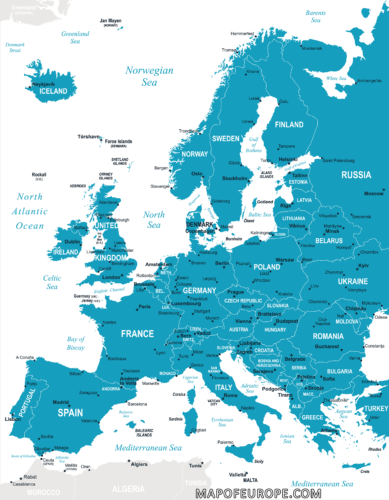
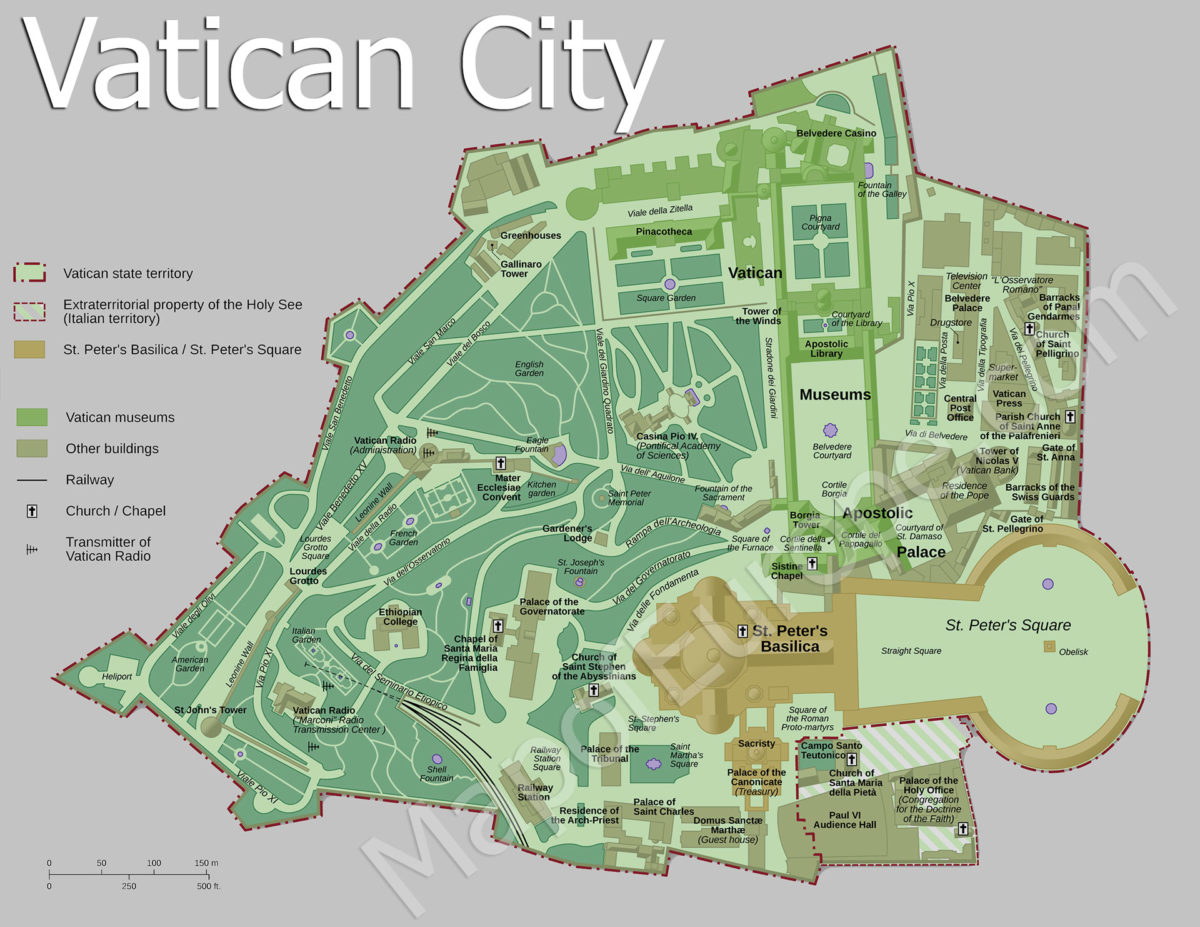
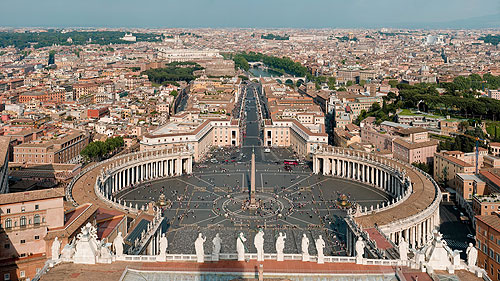
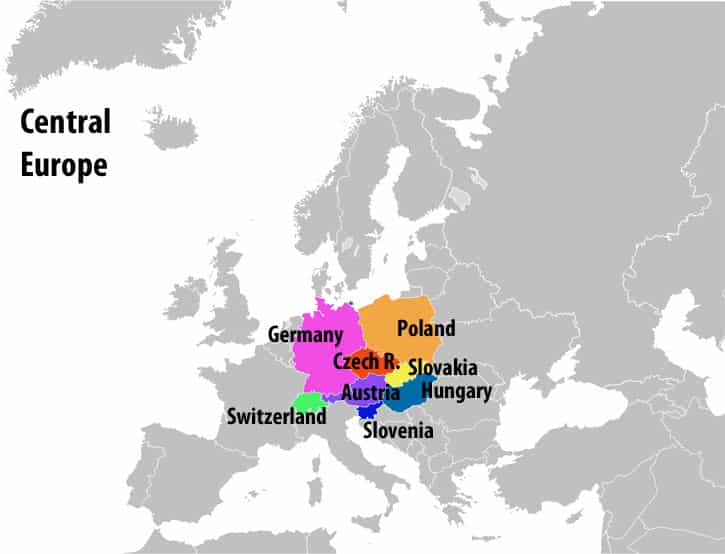
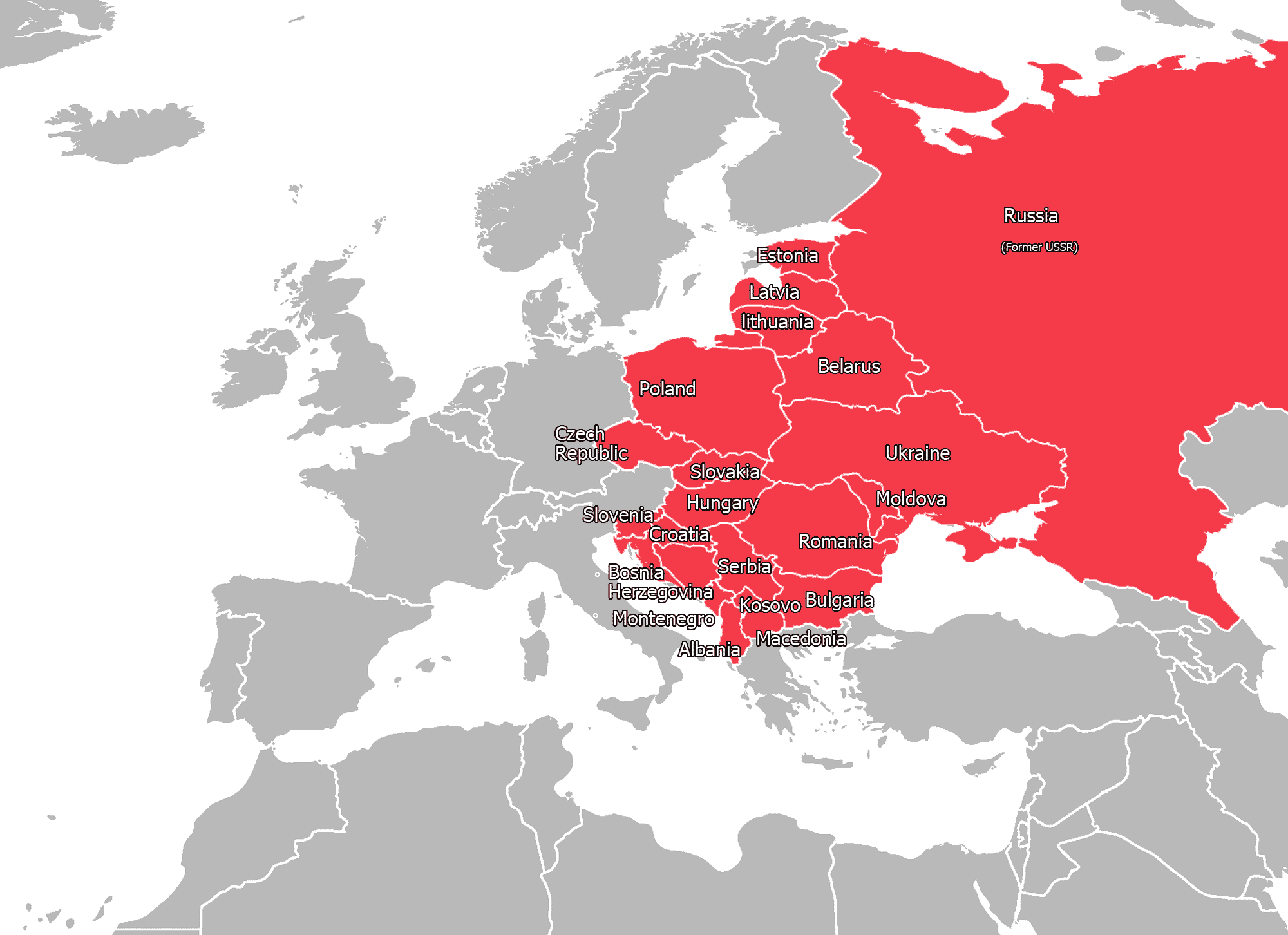
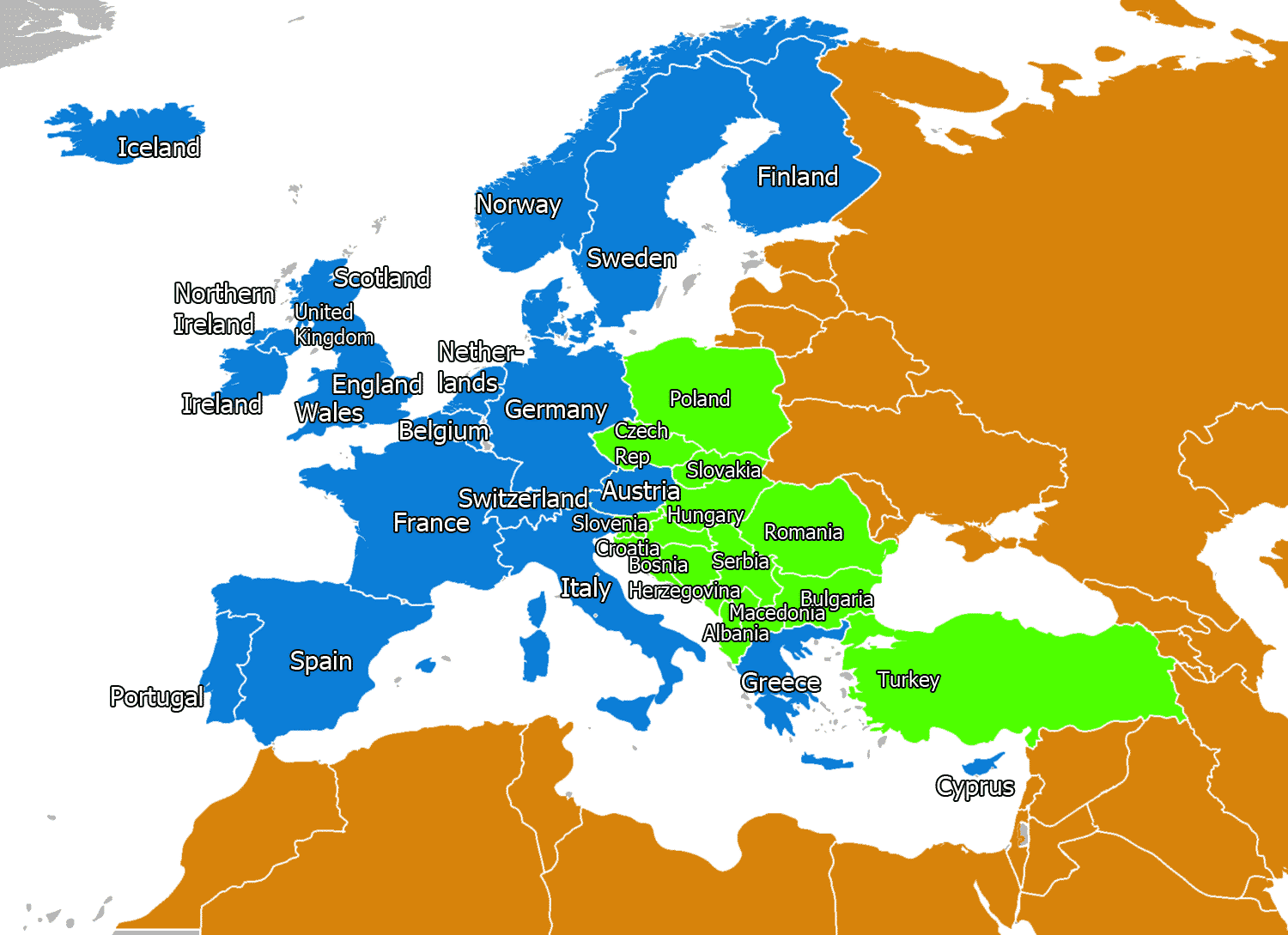
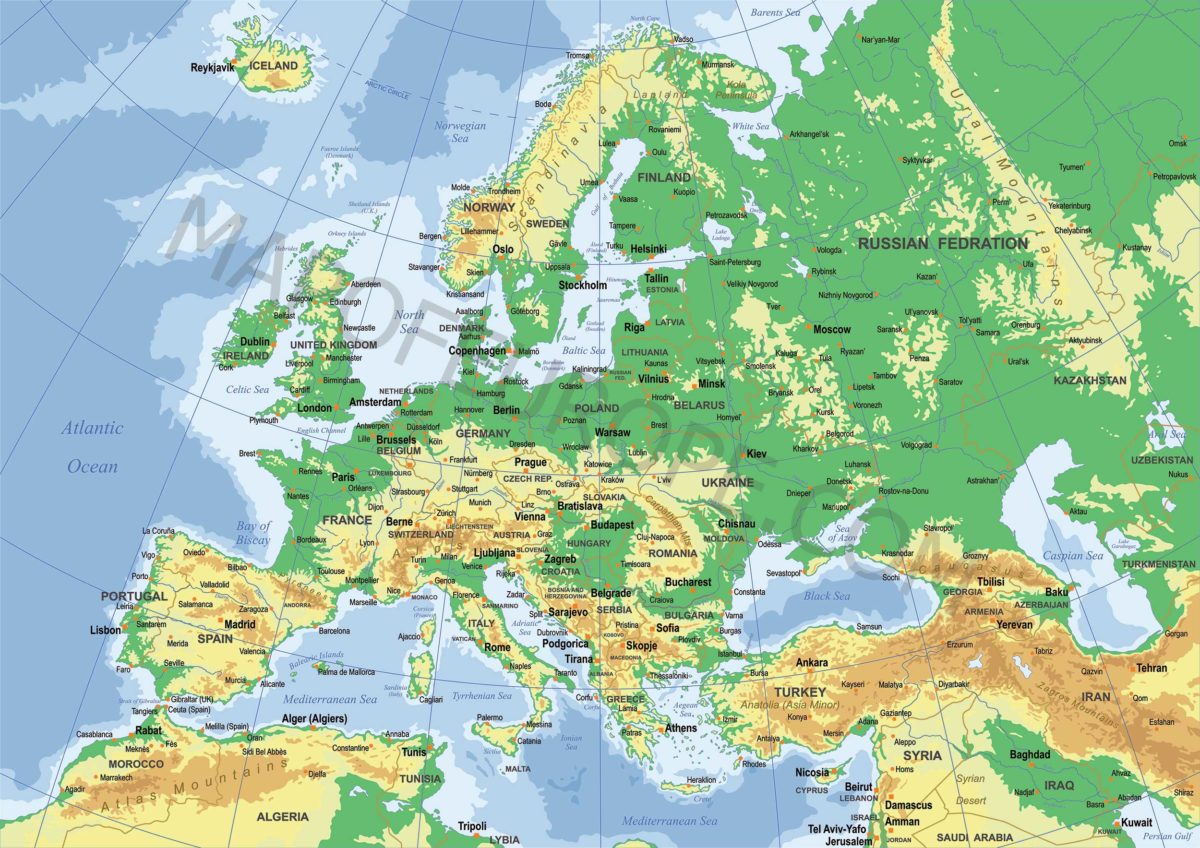
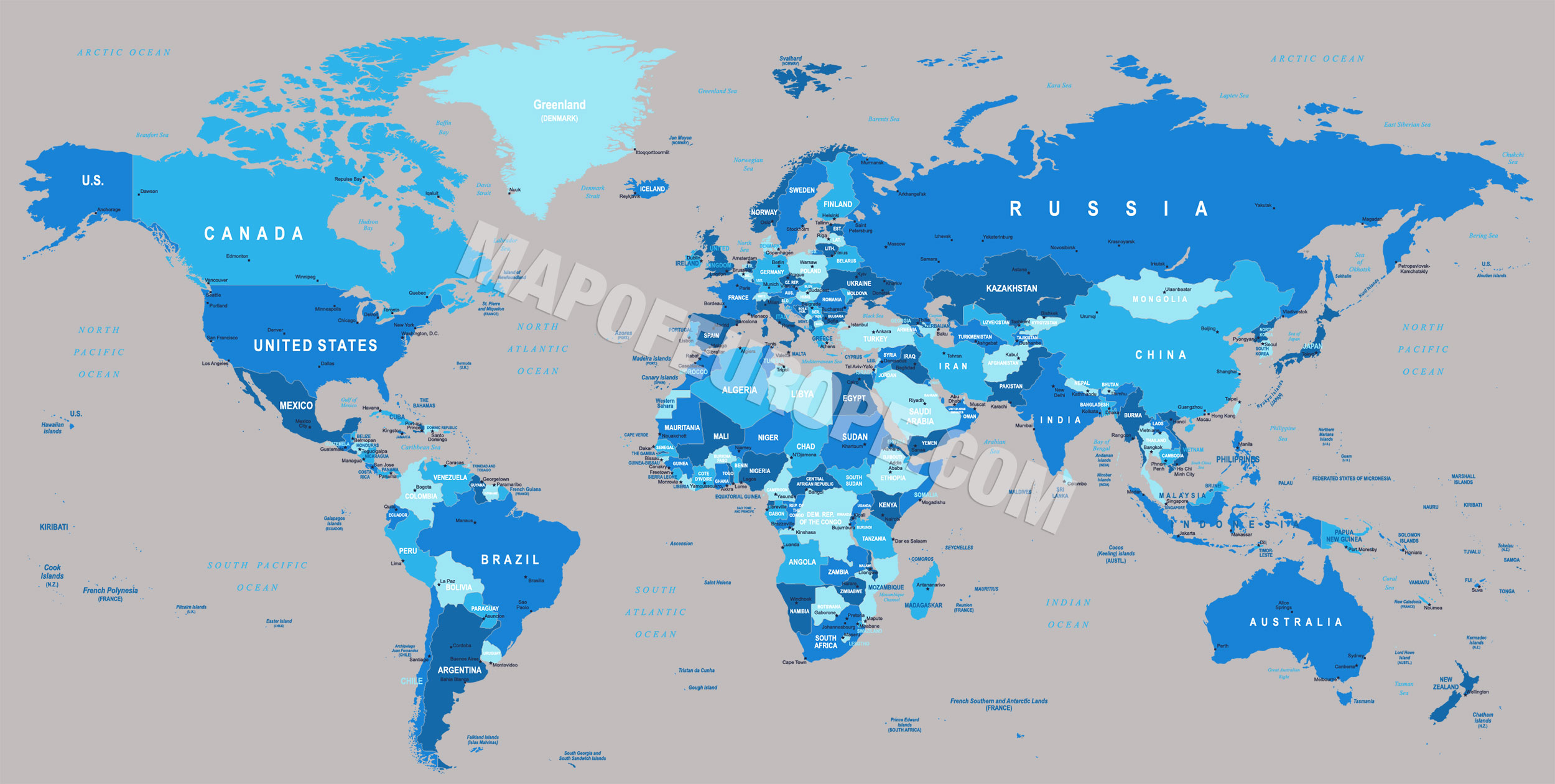
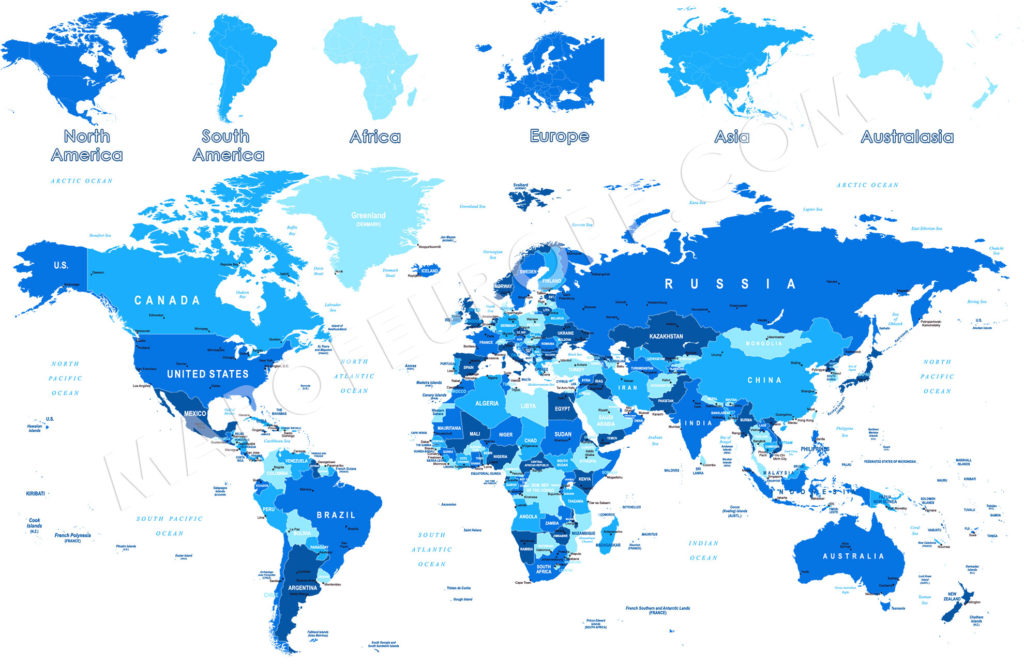
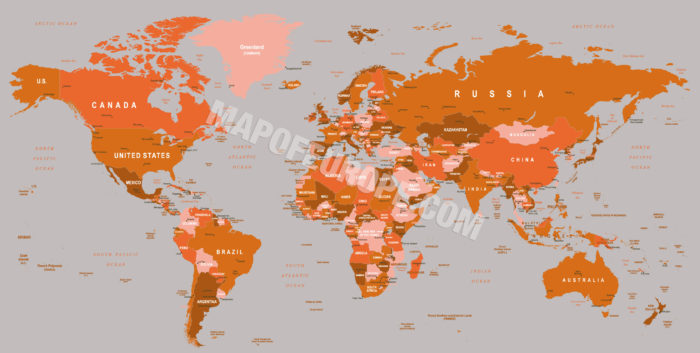
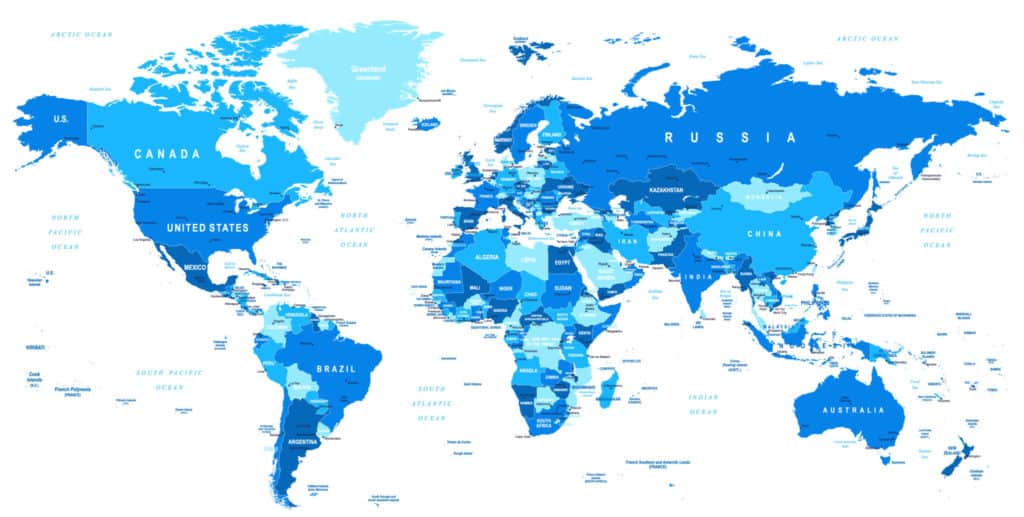
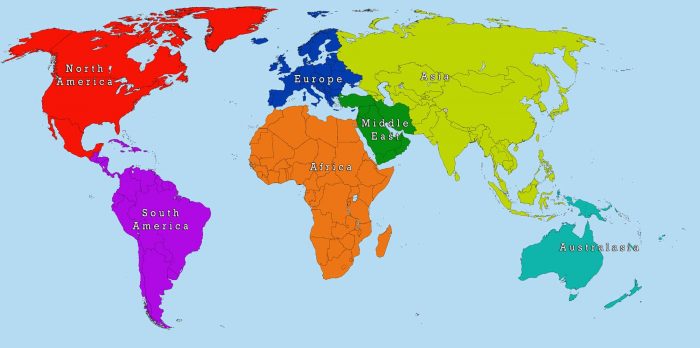

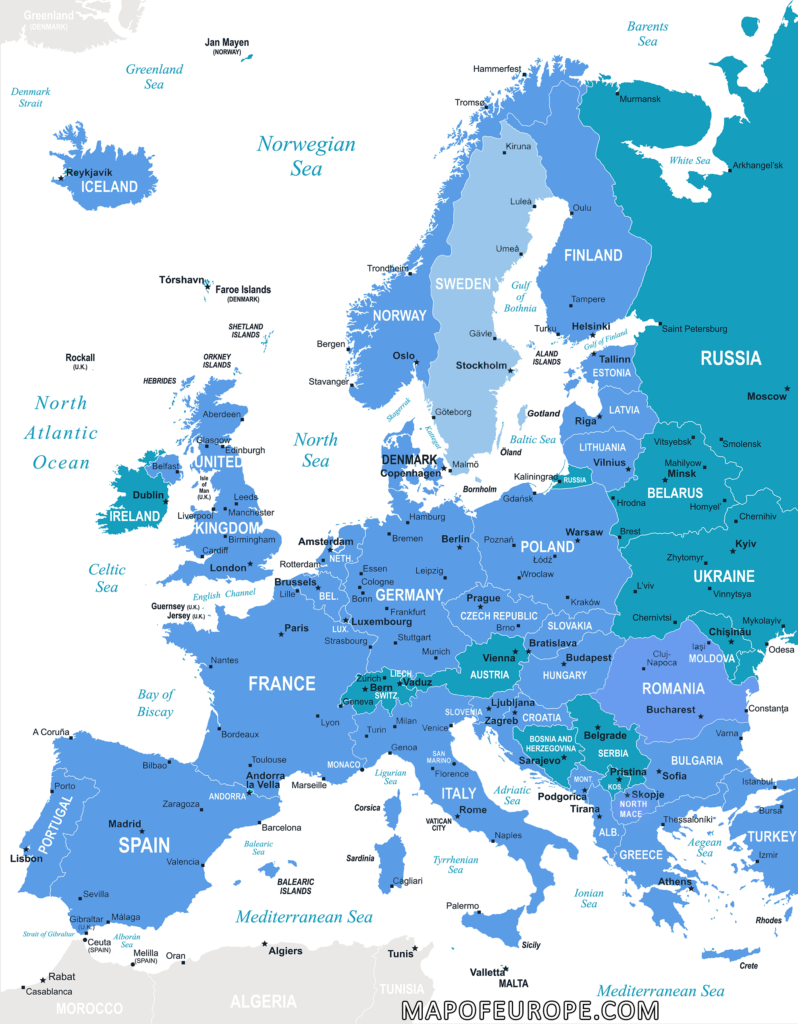
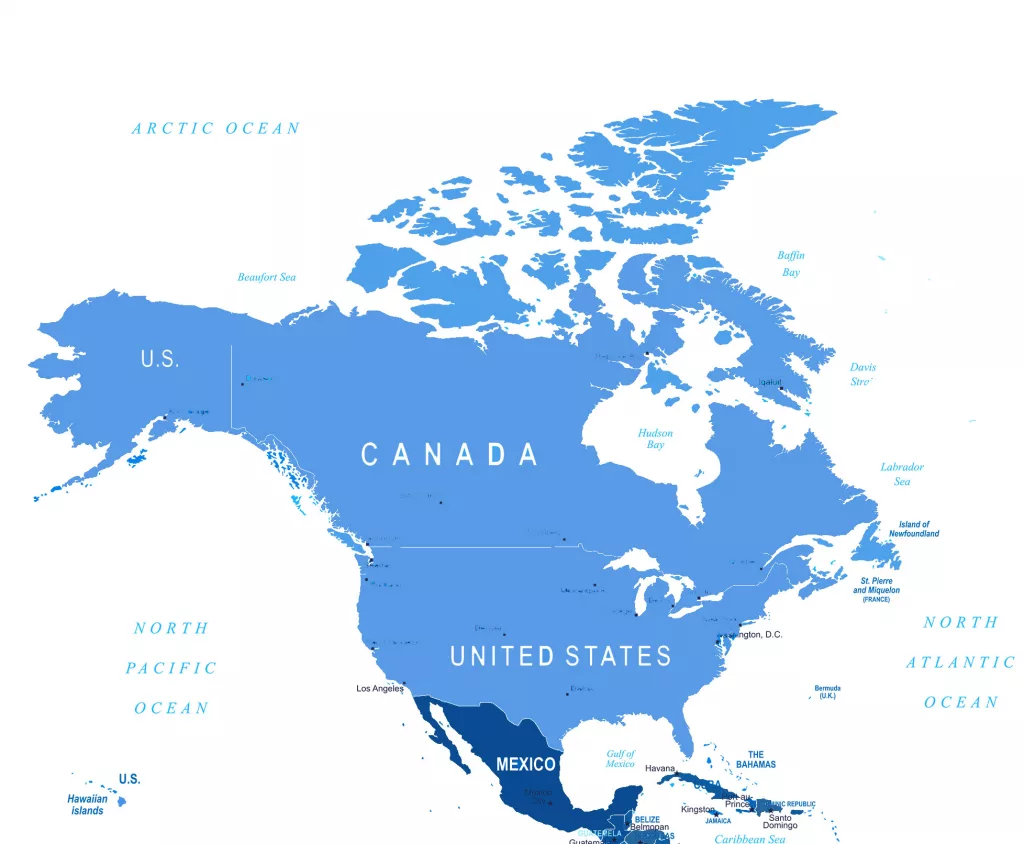
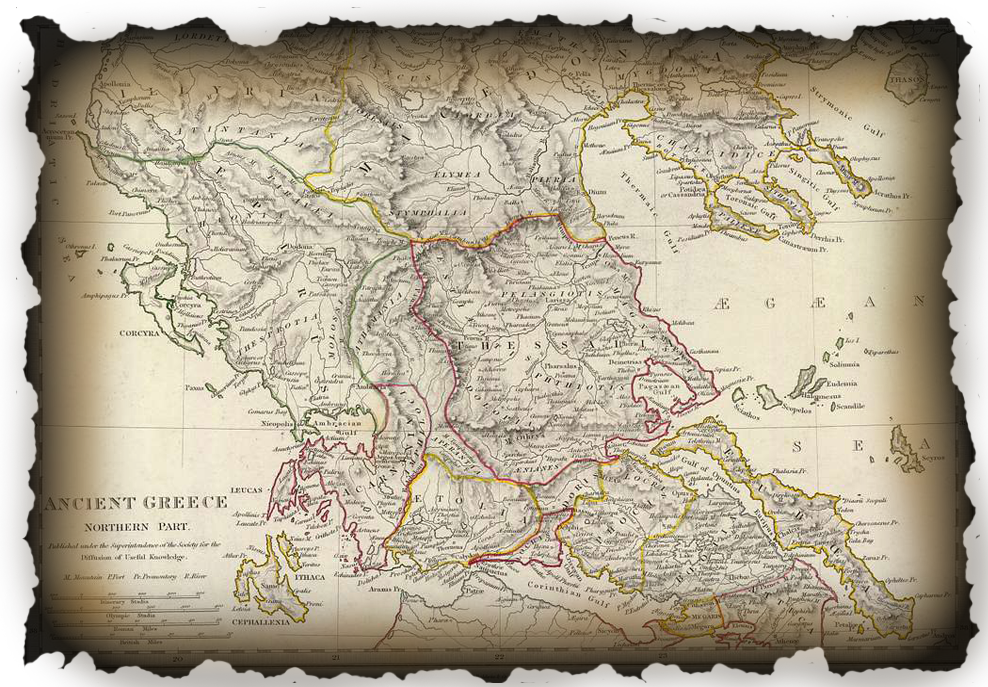

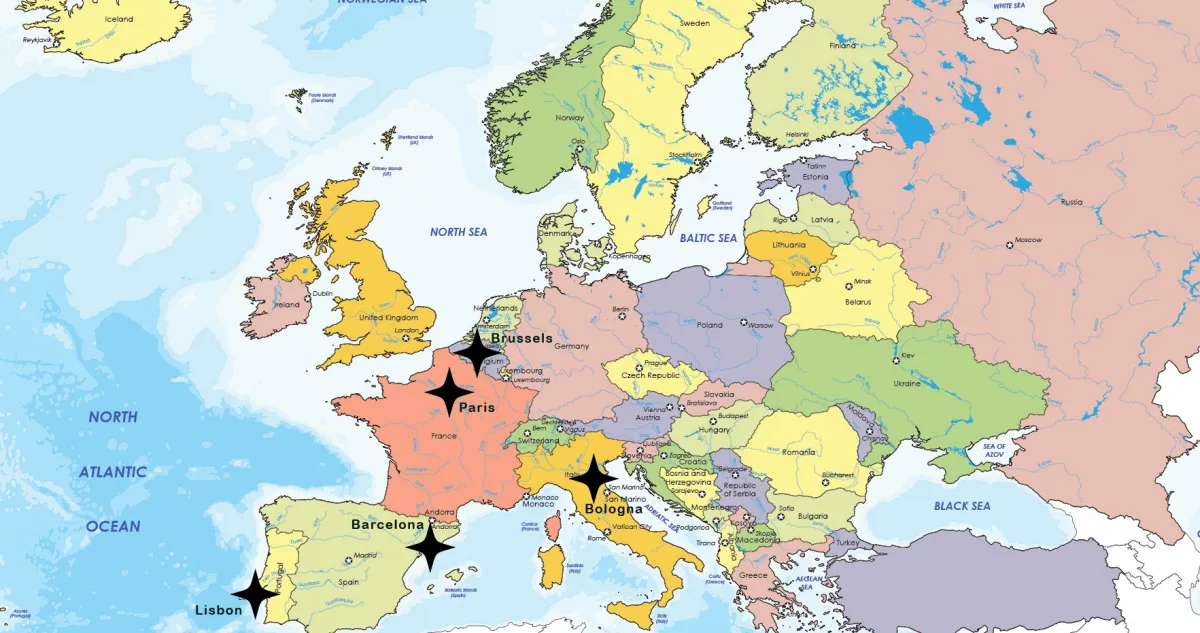



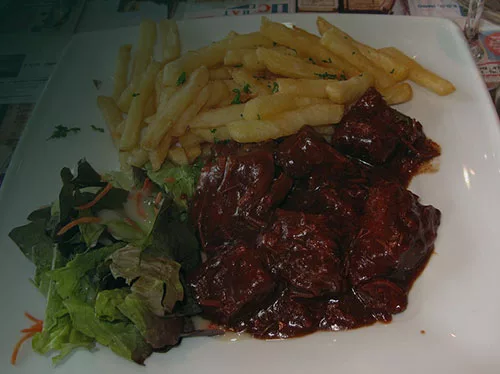

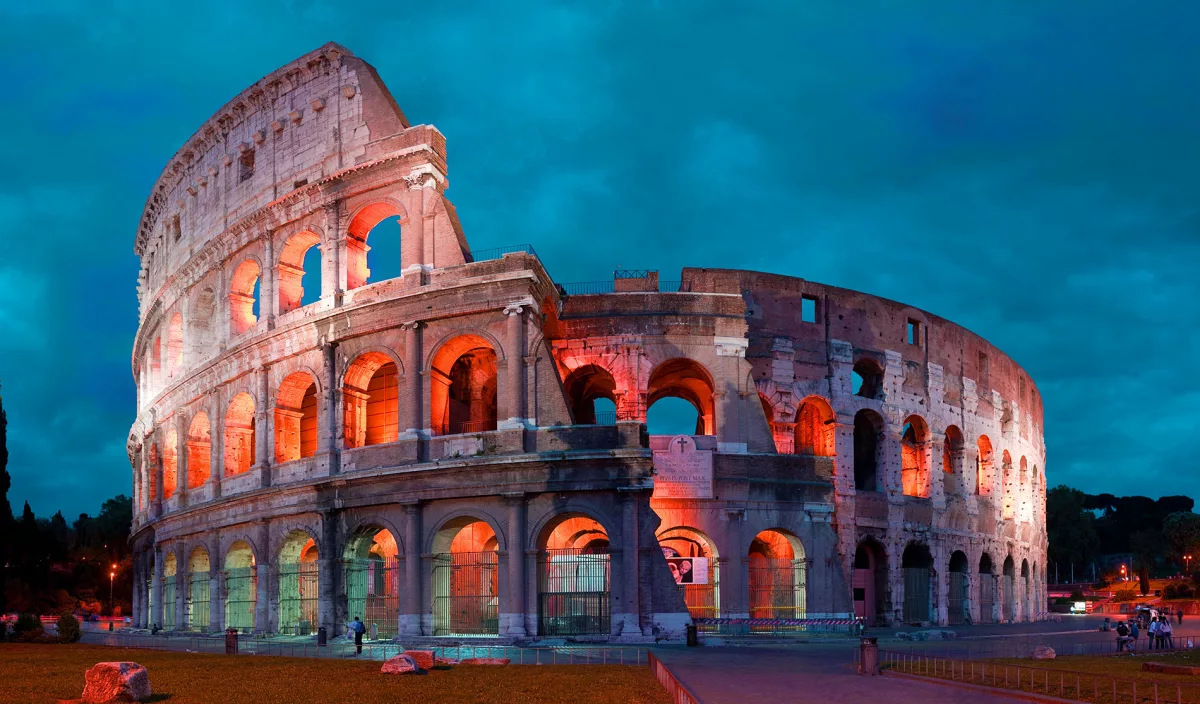
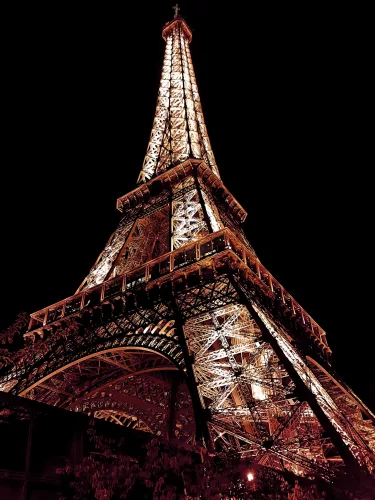

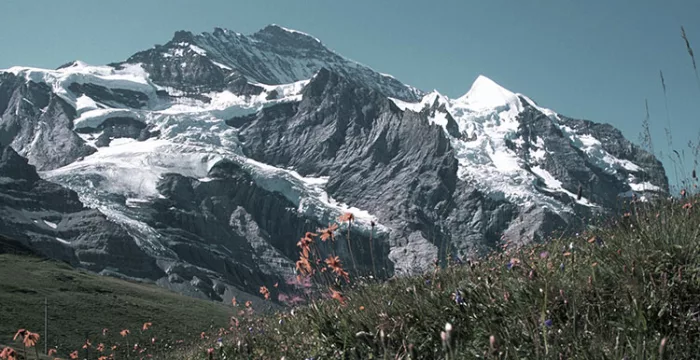
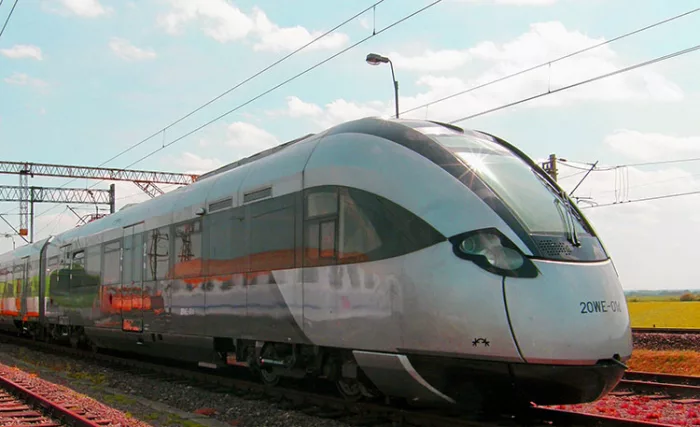
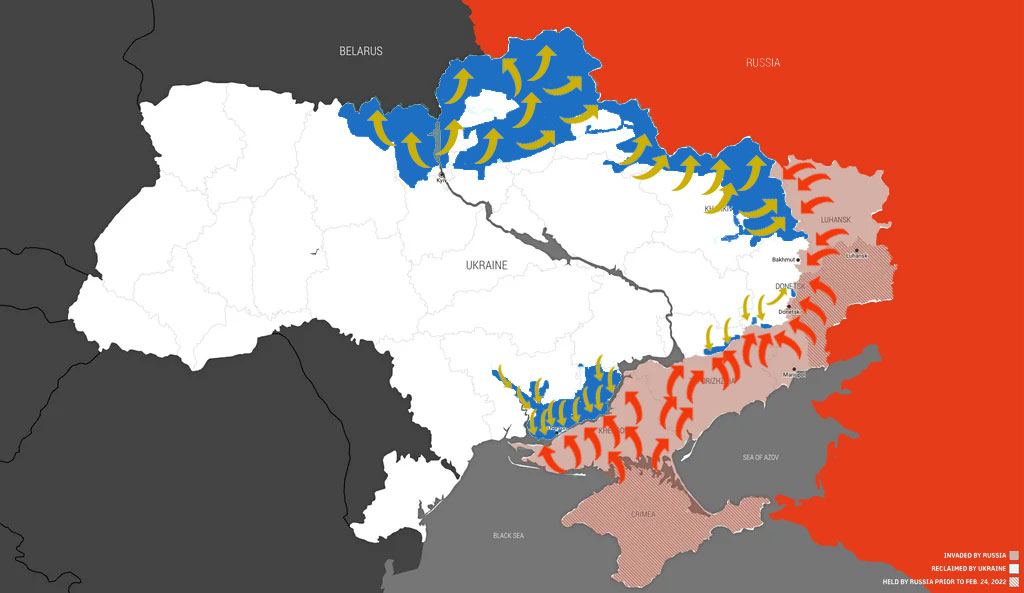

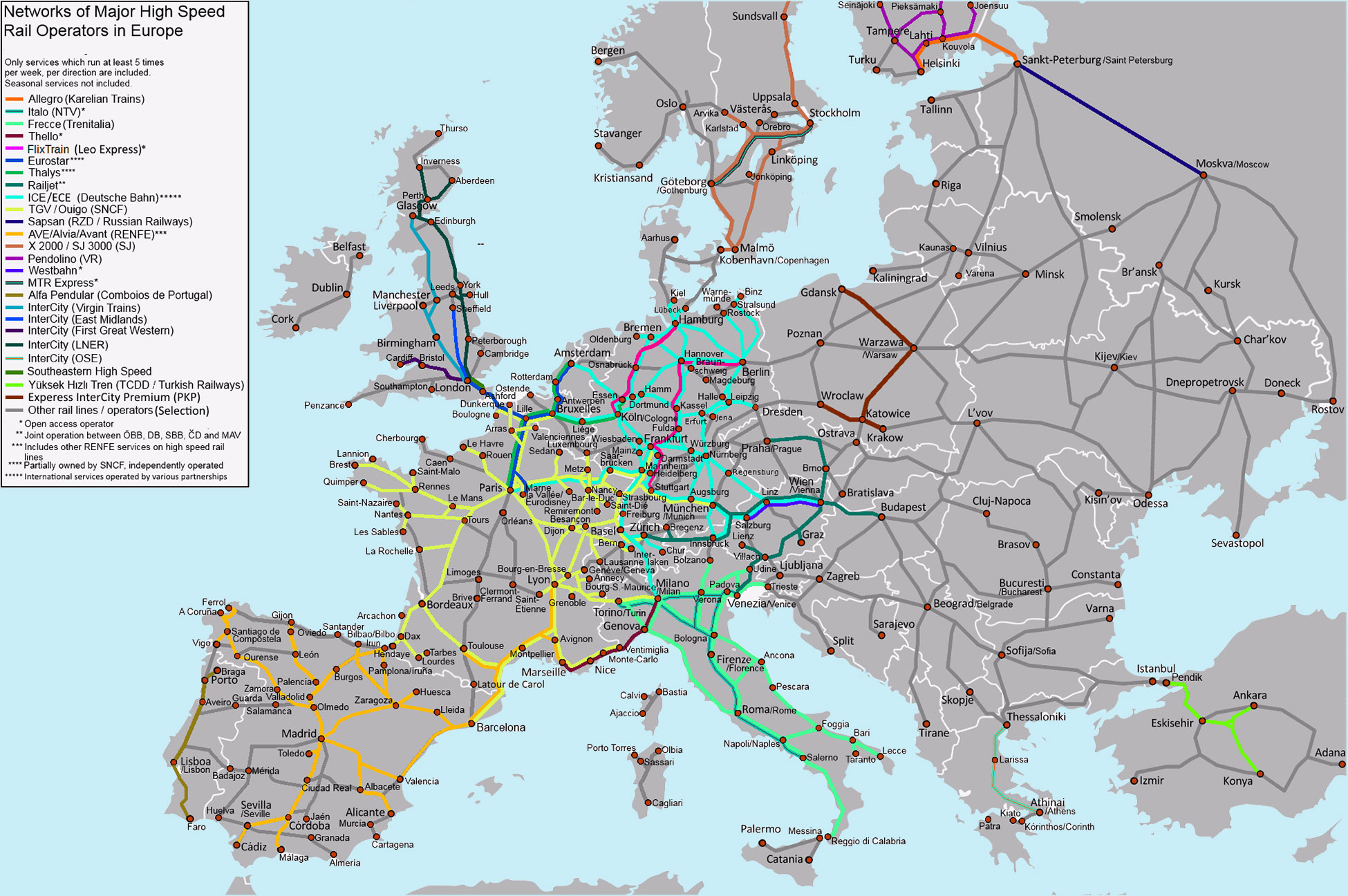
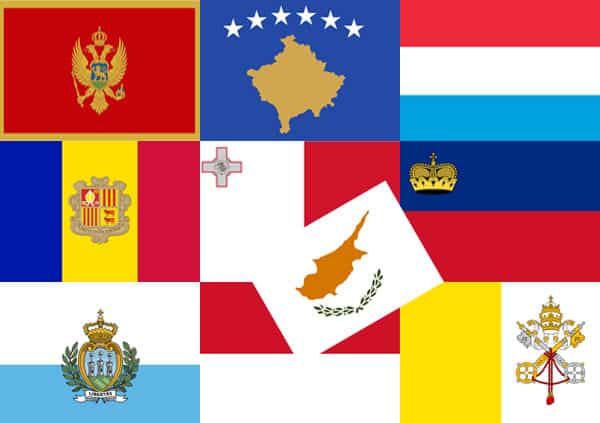
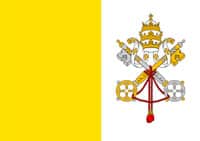

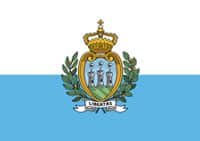
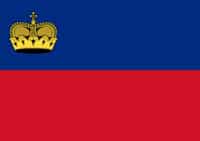
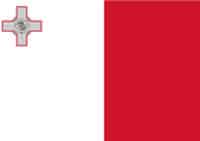


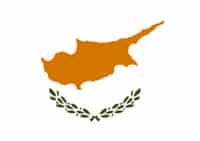
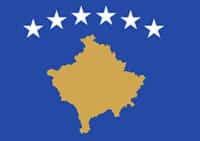

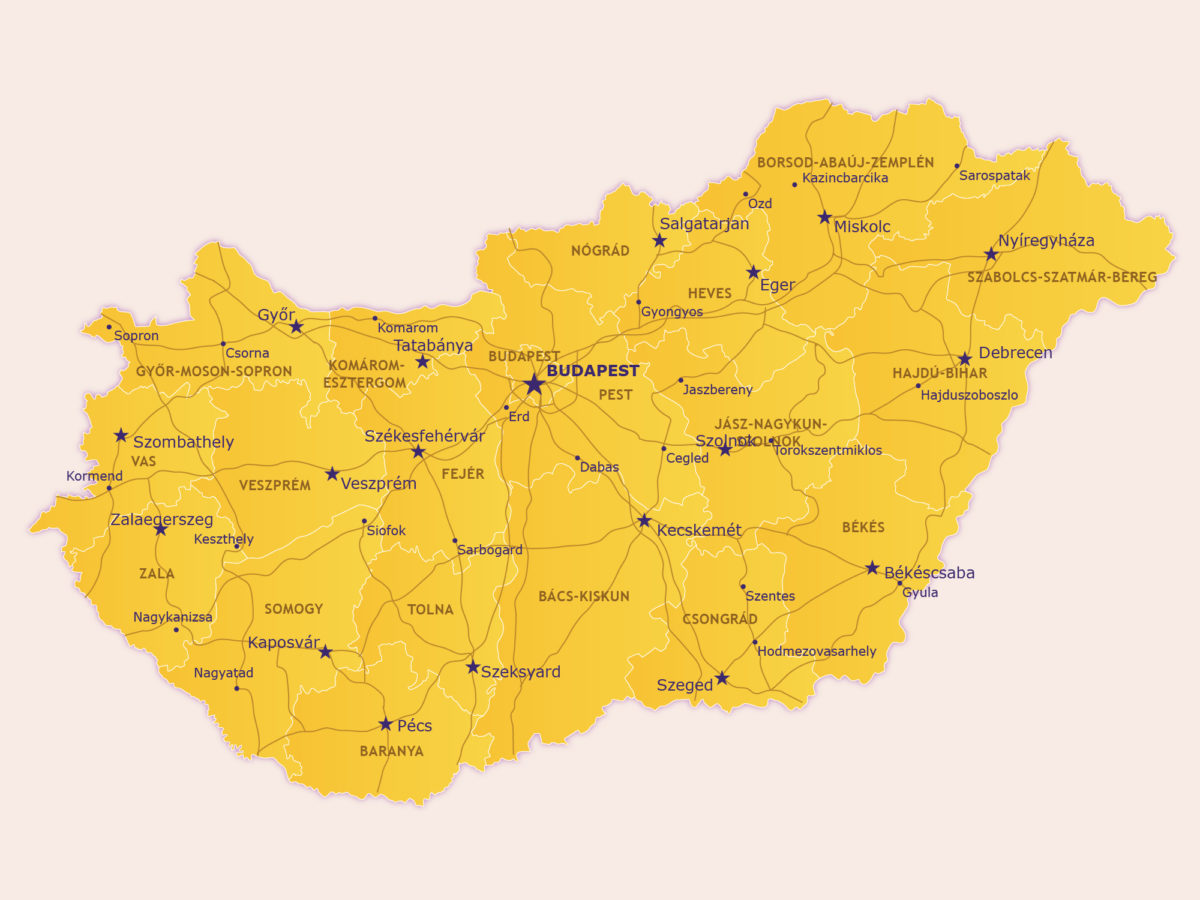


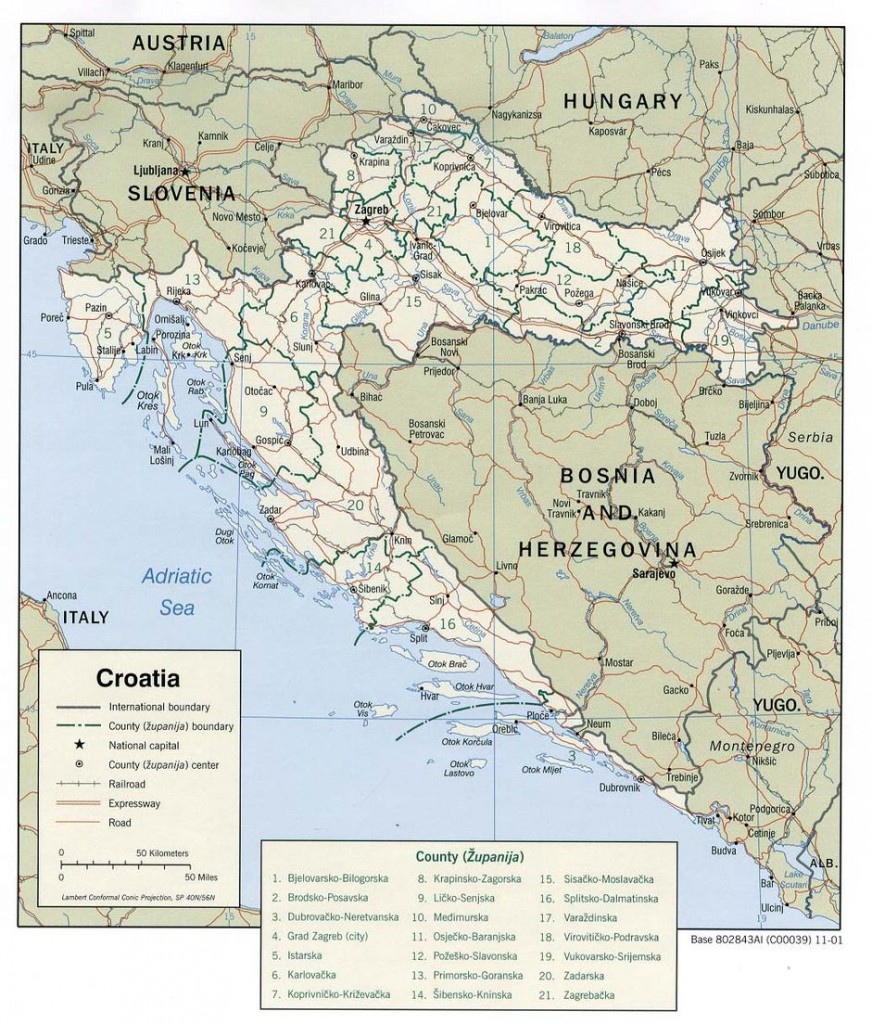
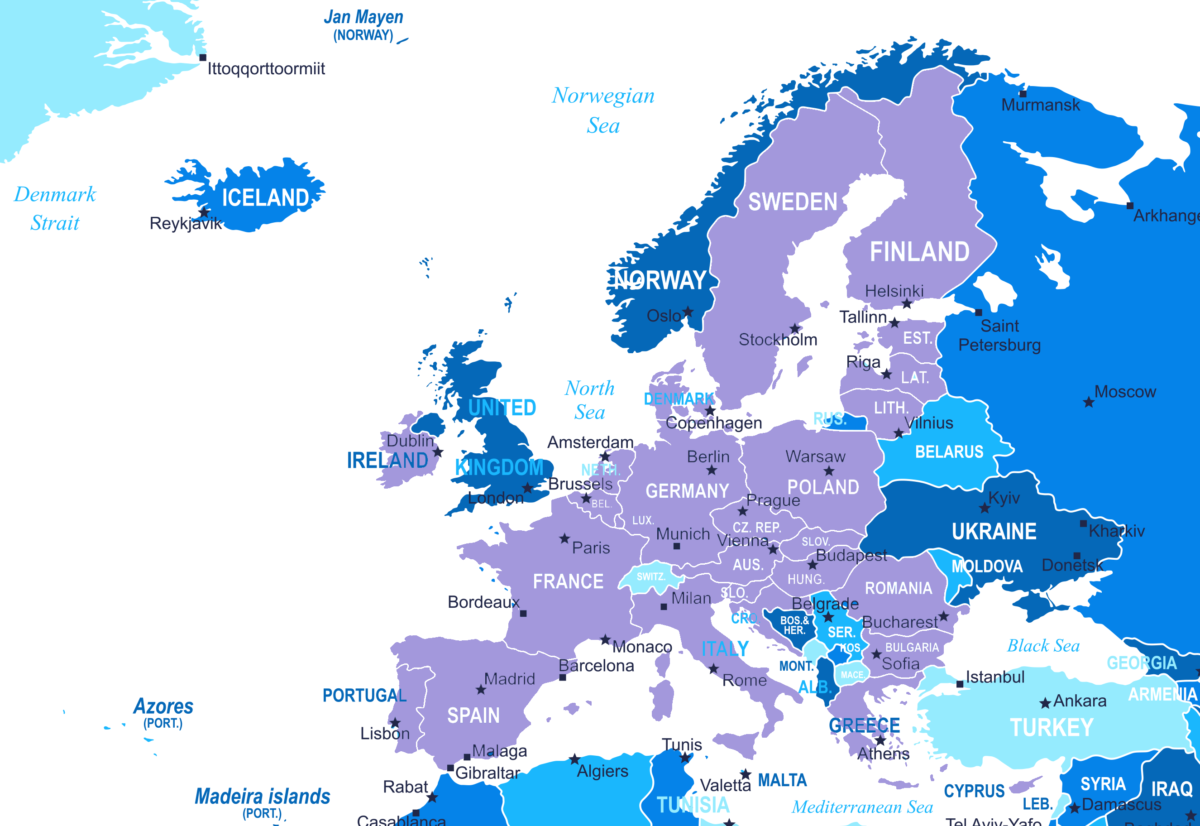
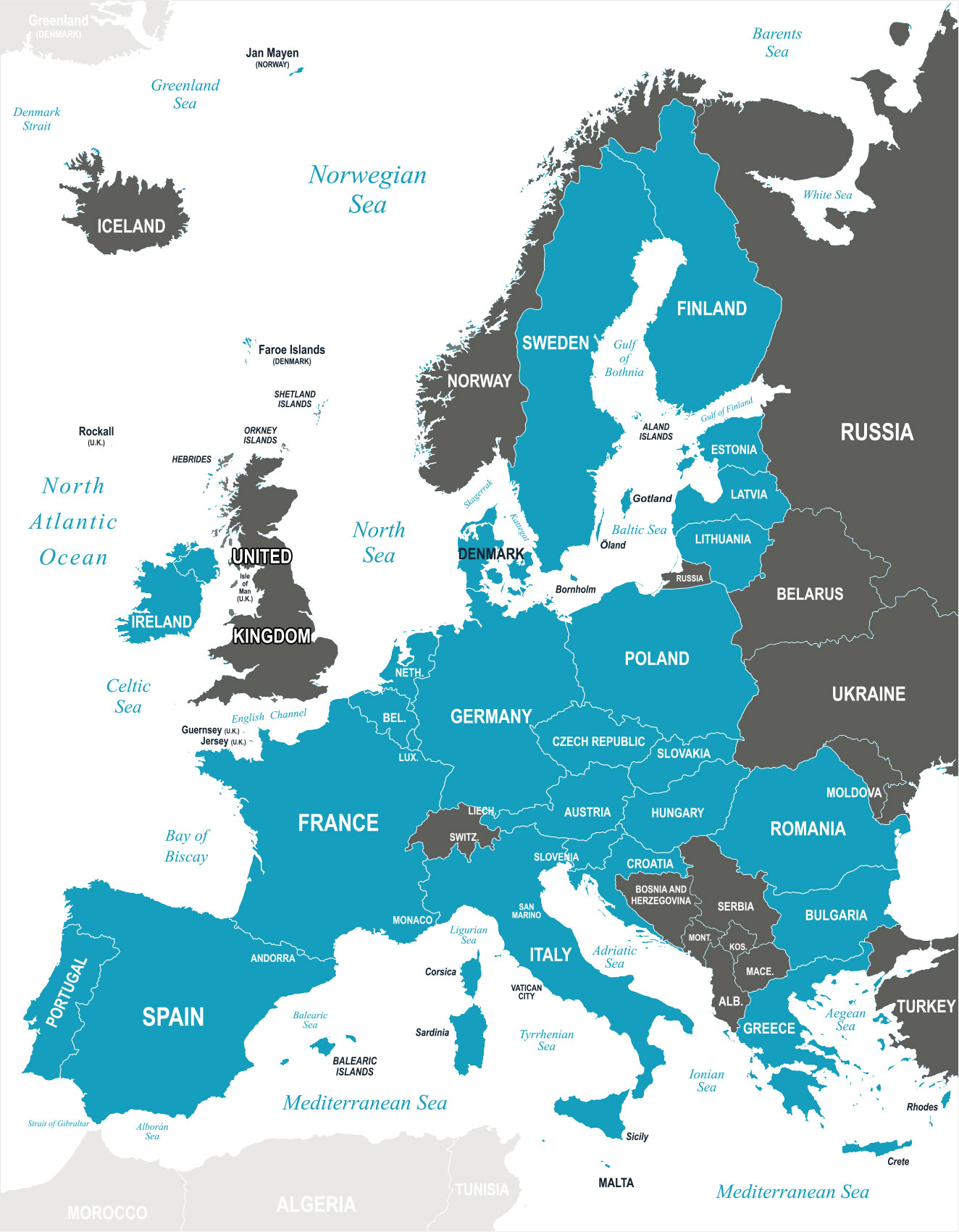
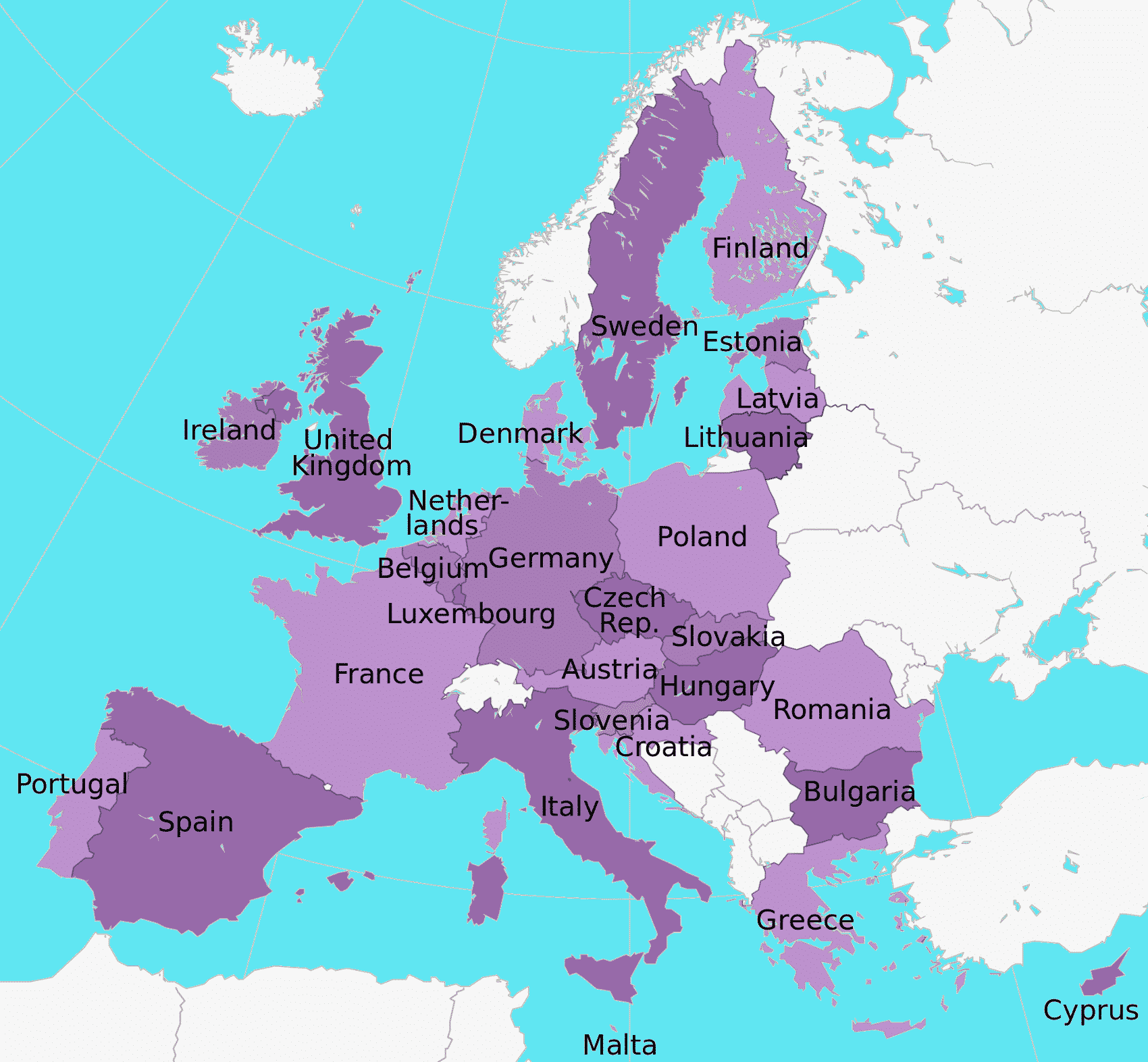

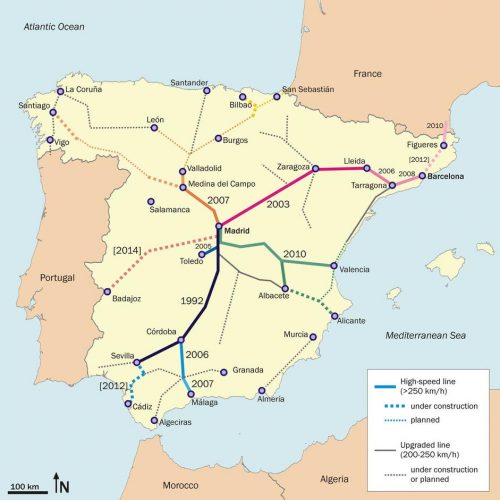
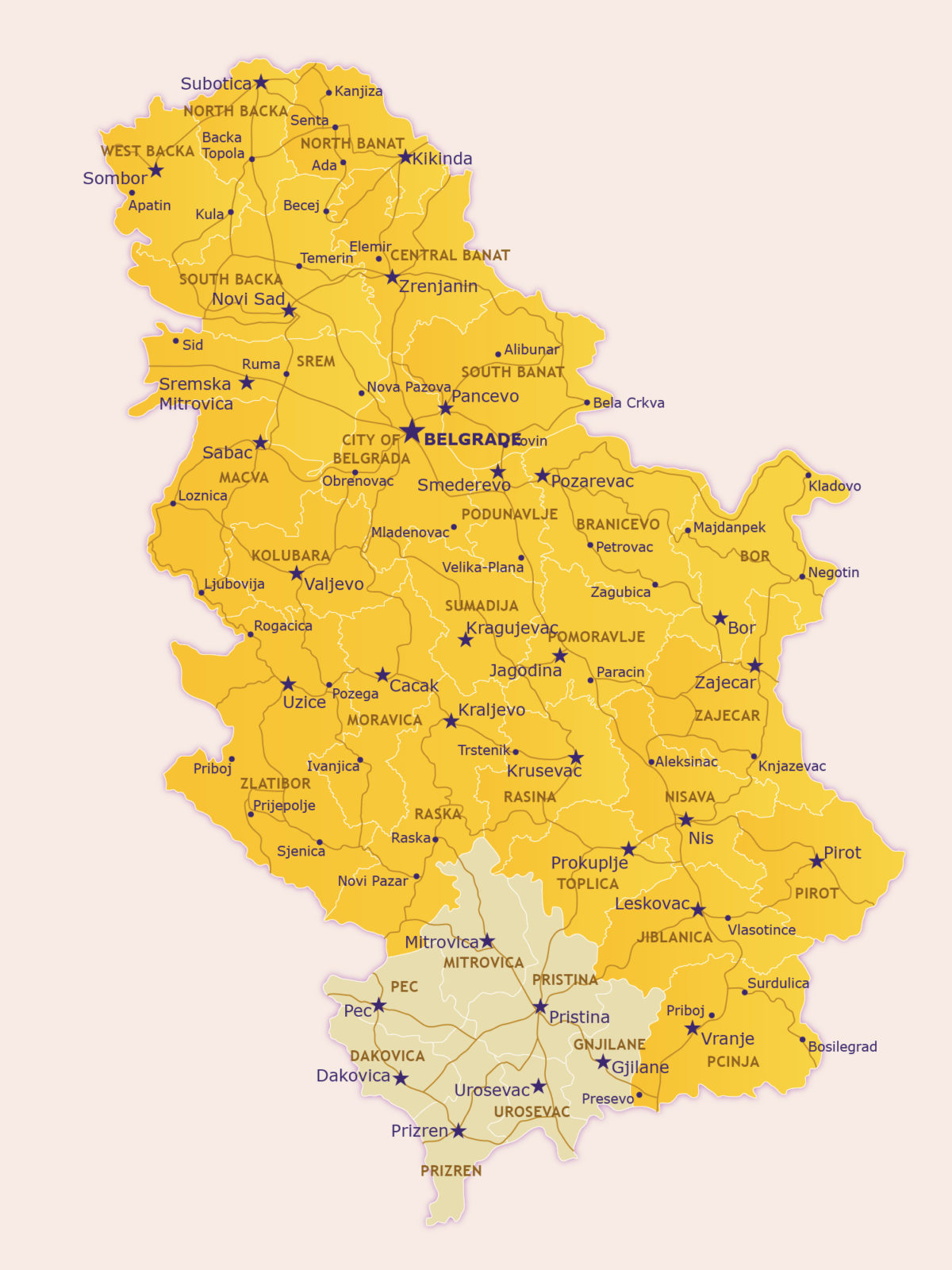
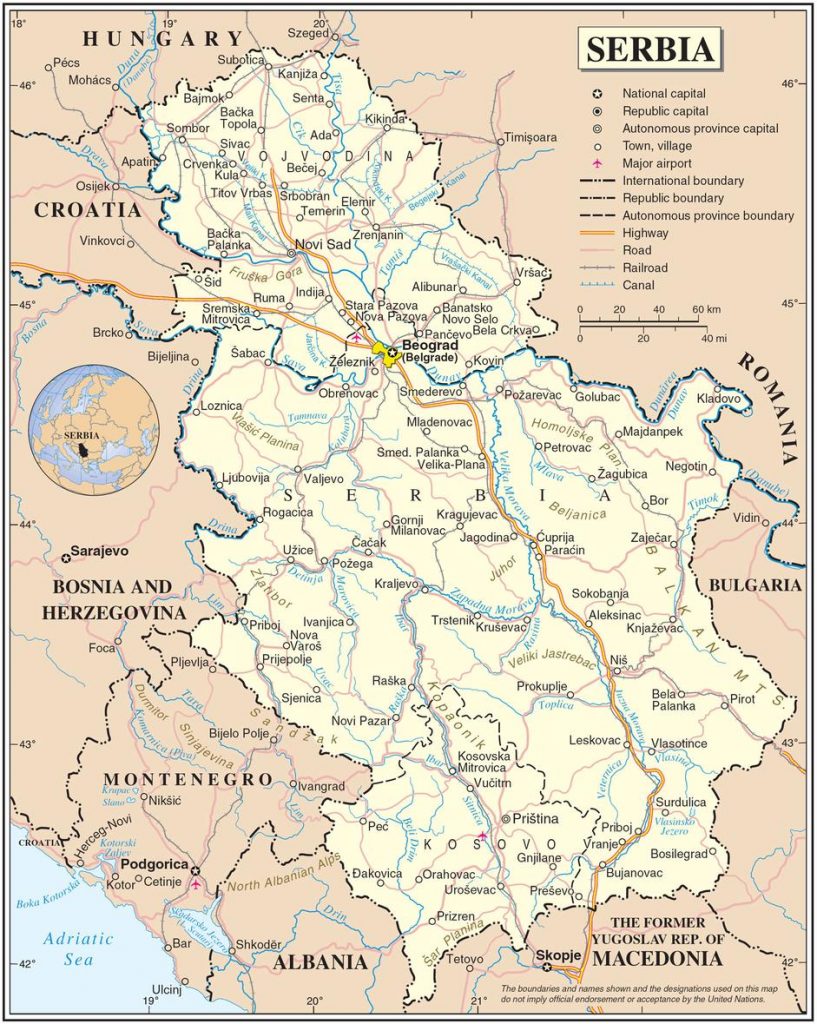
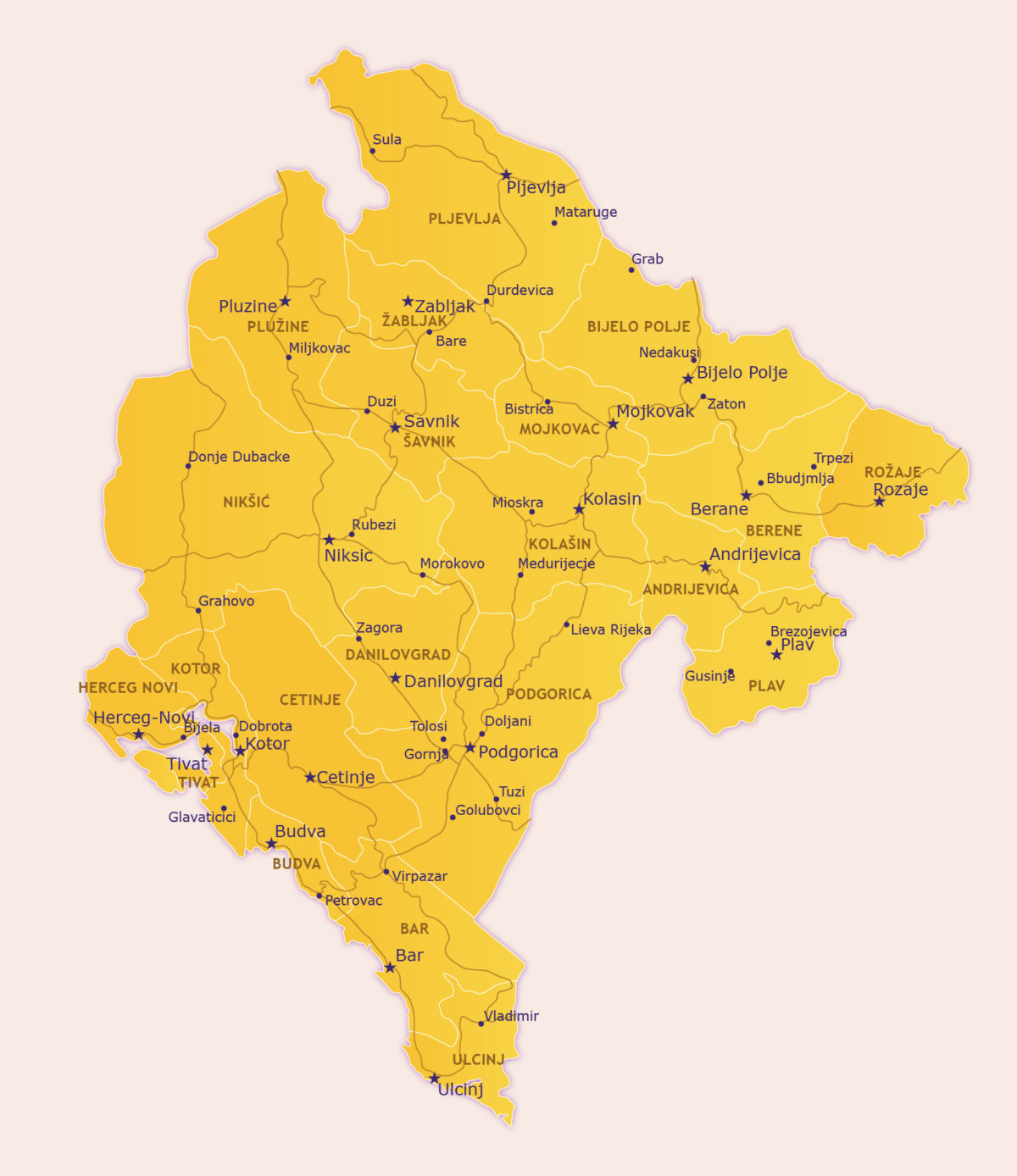

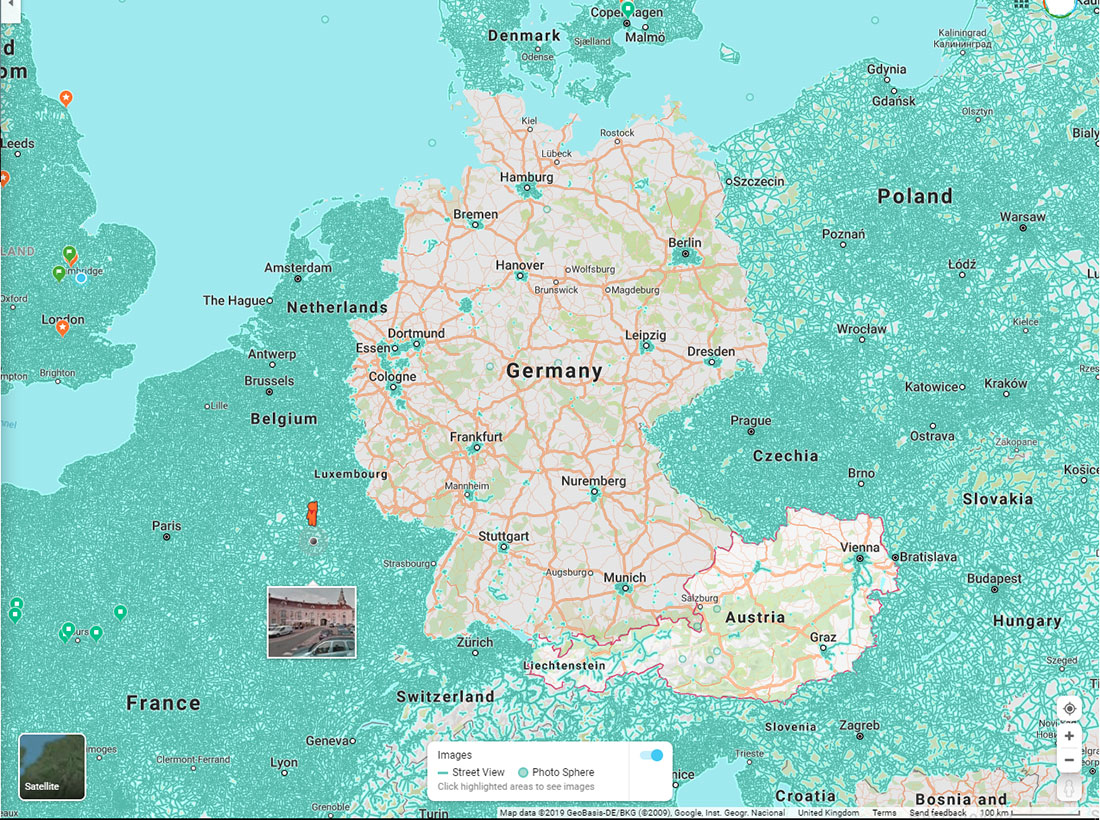
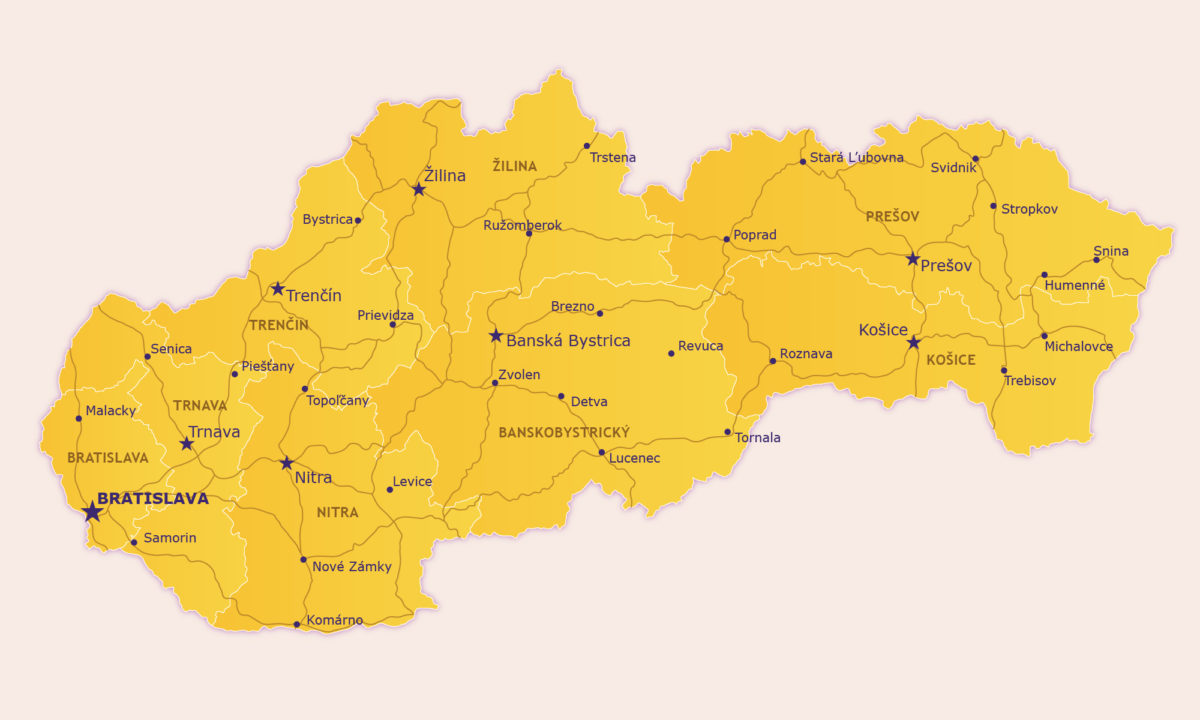
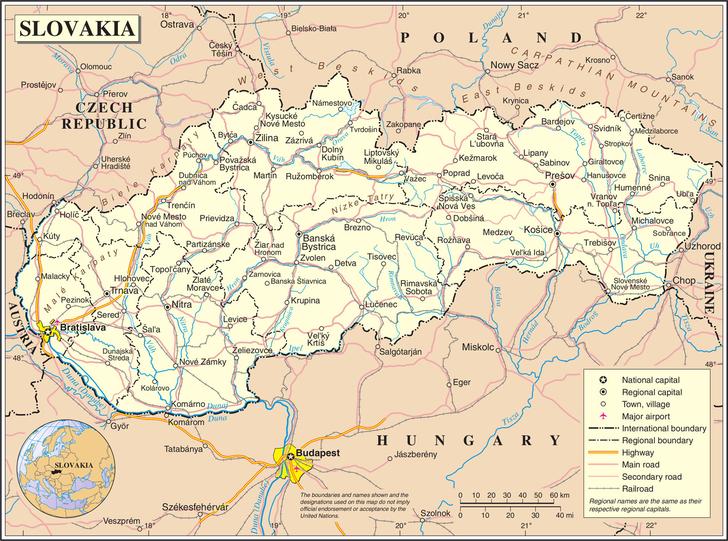

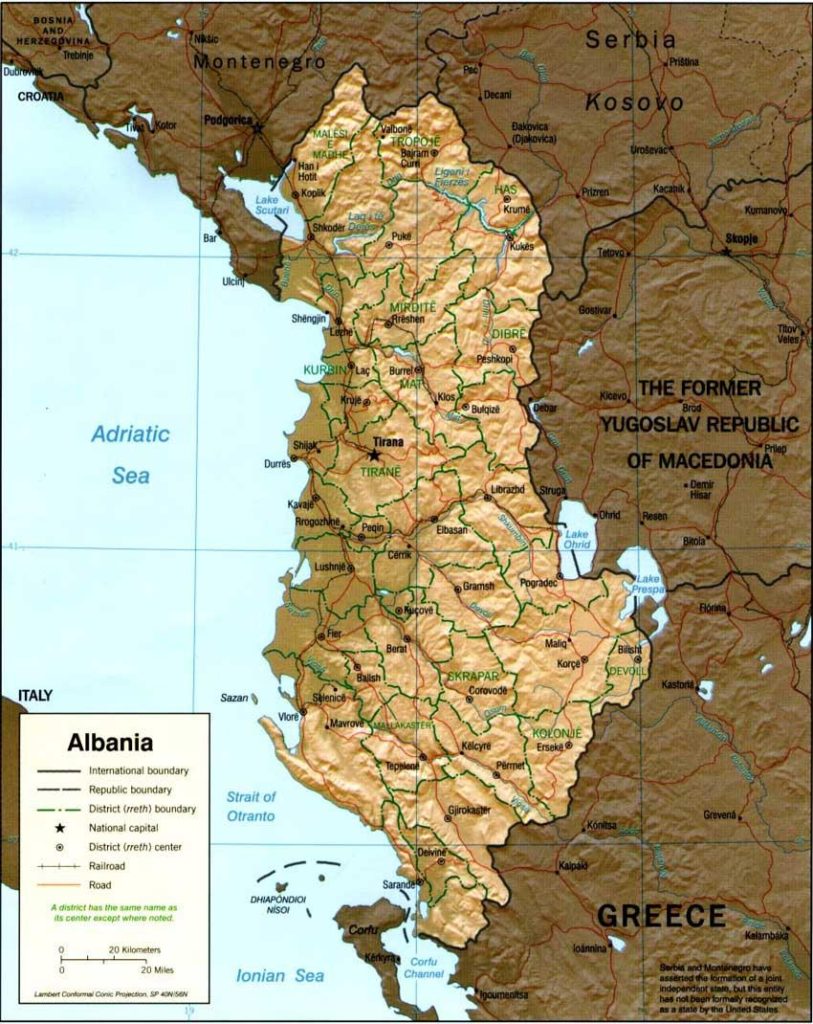
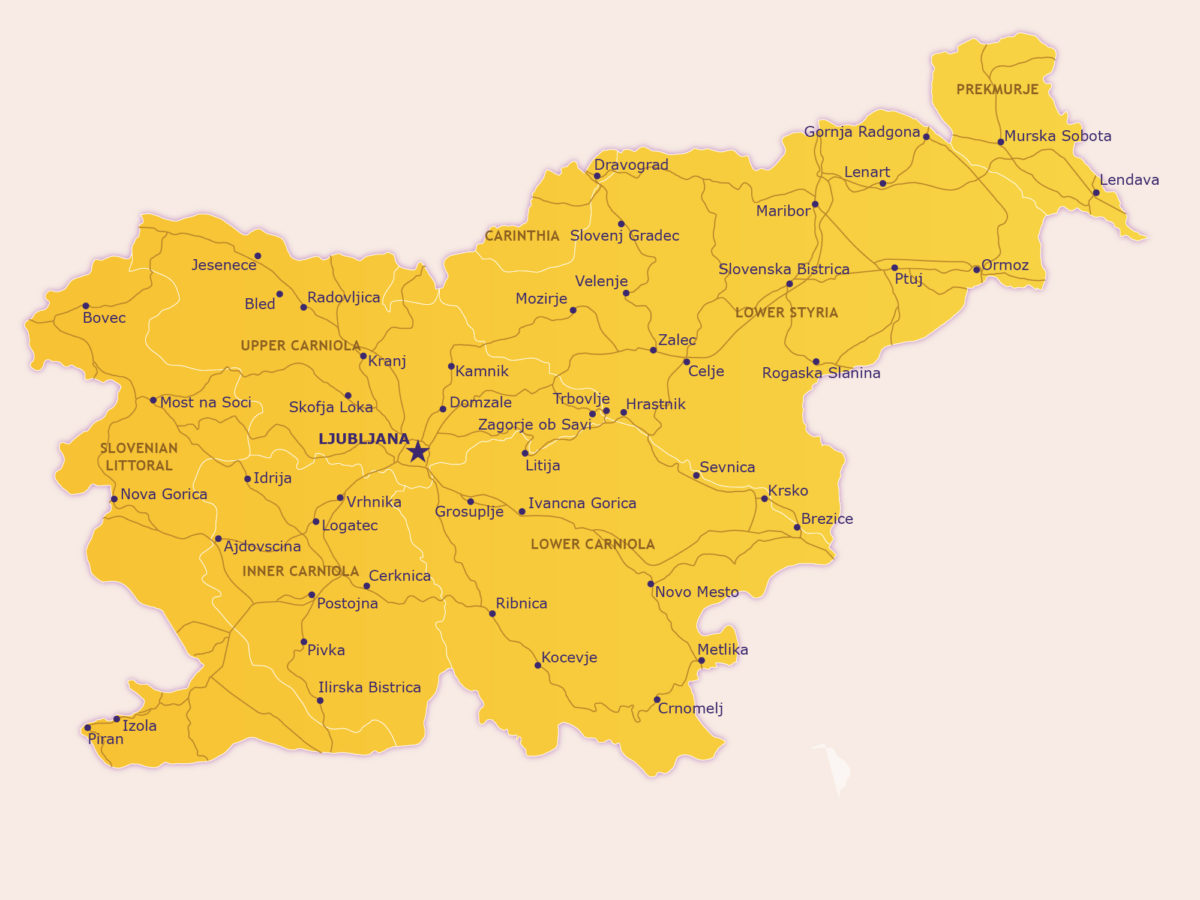
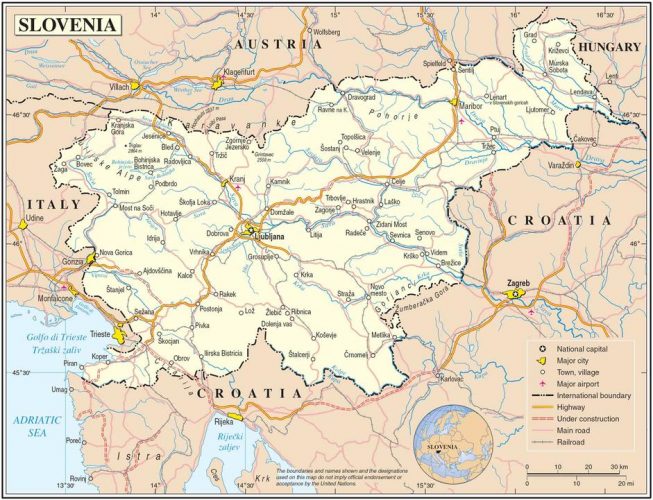
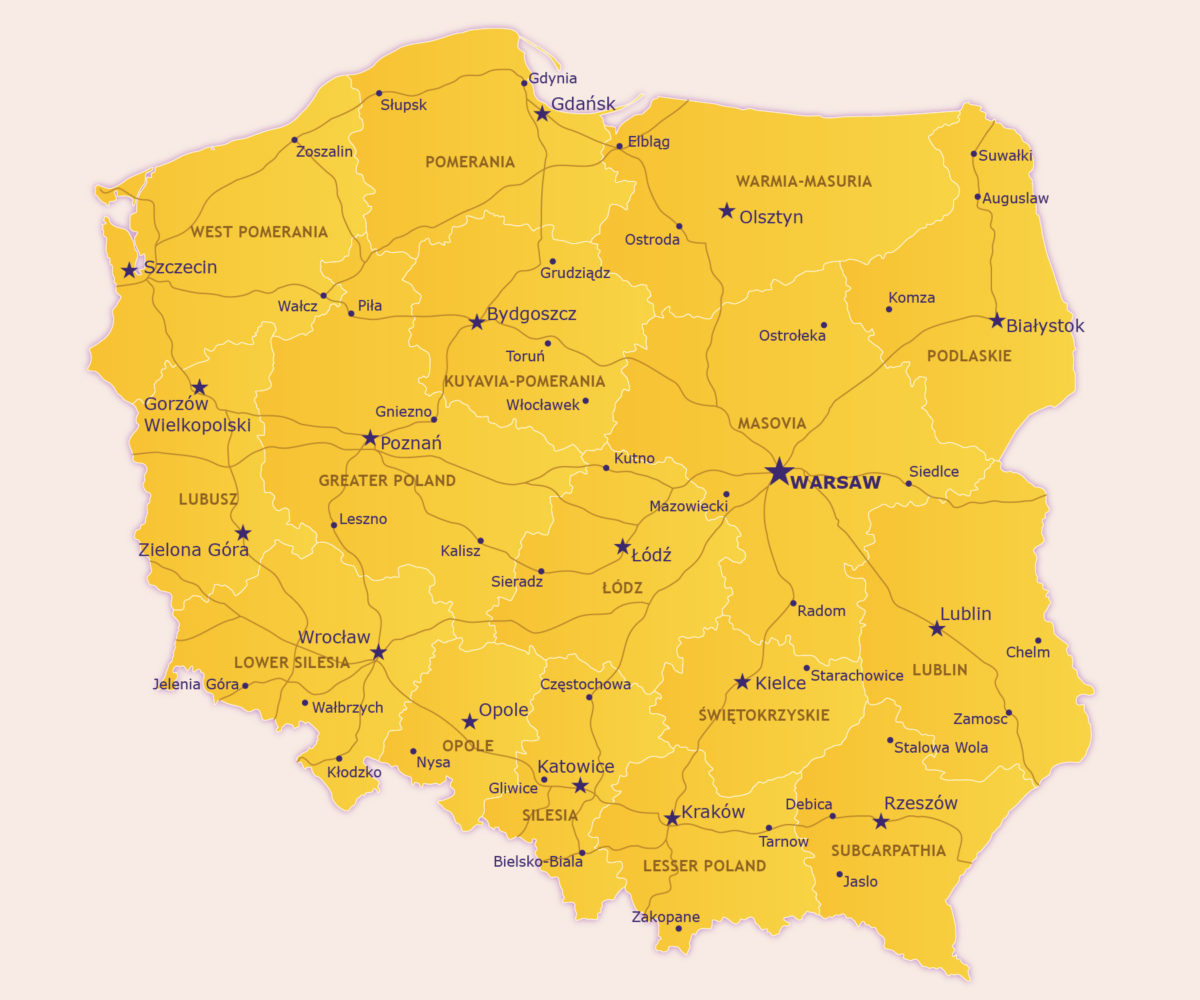
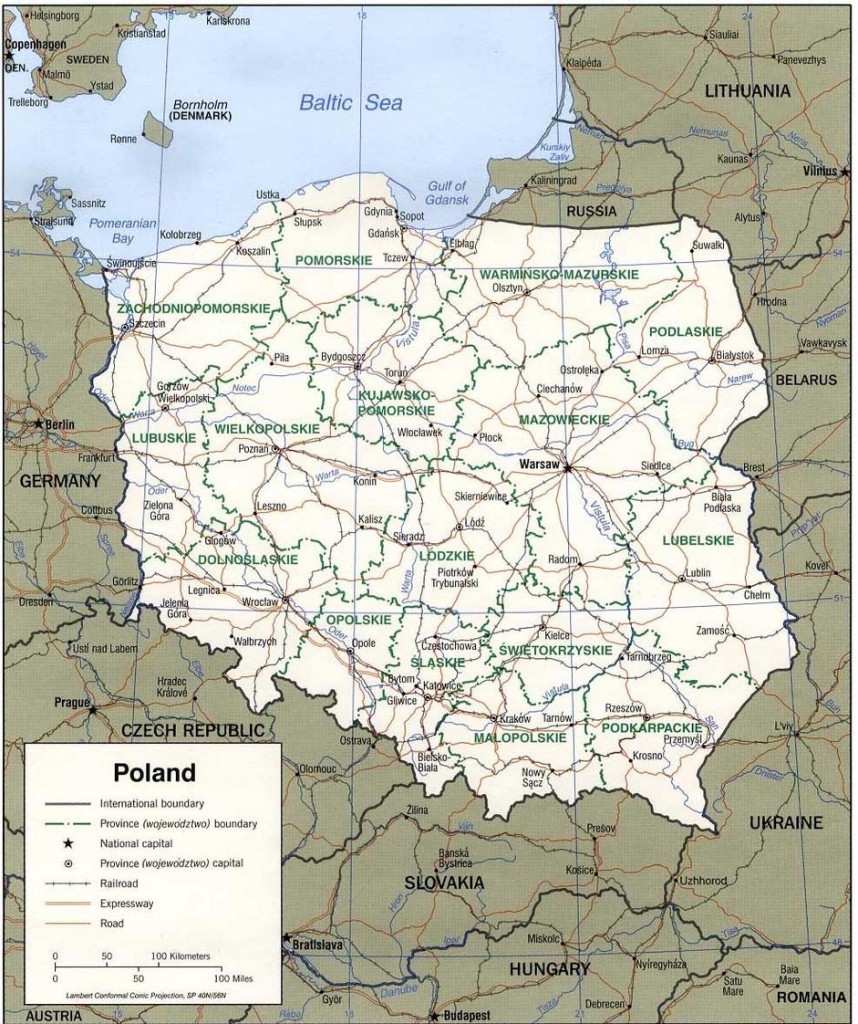

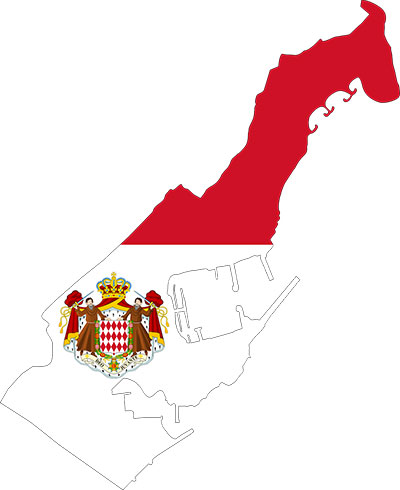
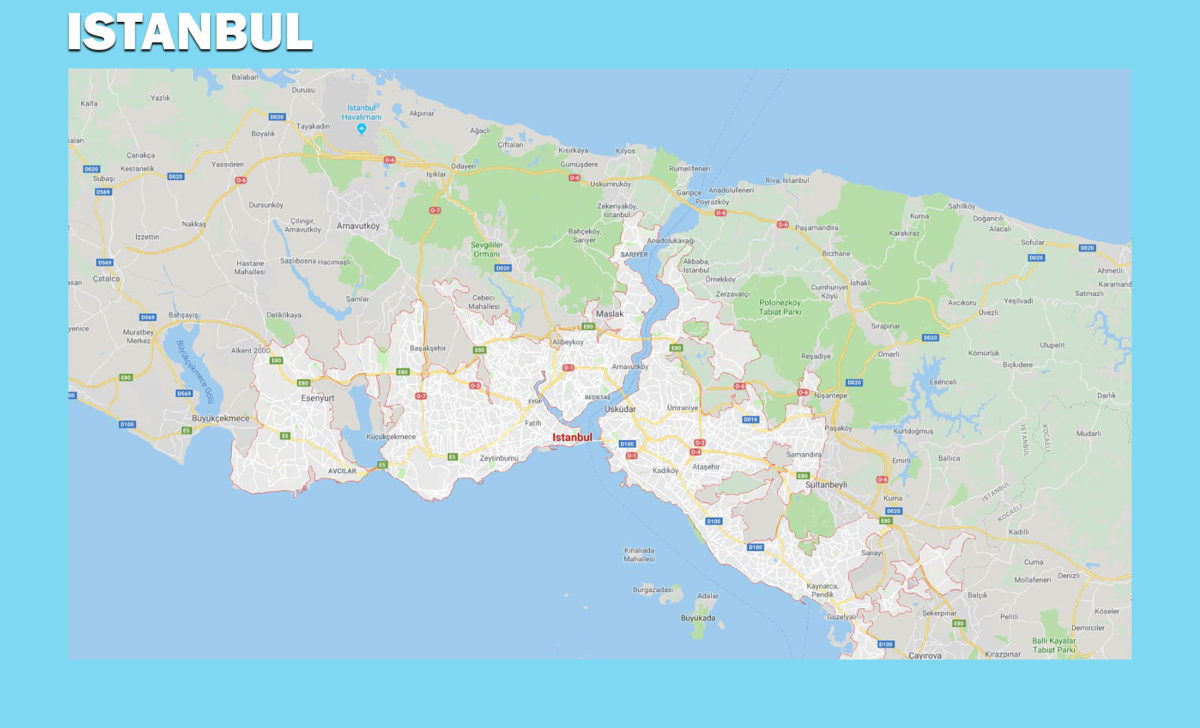
 People always wonder about the thing that makes Istanbul, the largest city of Turkey one of the world’s famous cities in Europe. Perhaps it is important that such people travel to Istanbul so that they can experience, first-hand, the various cultural centers and other tourist attractions that exist there. You may not be able to understand why this city is also known as the alpha world city unless you make a personal date with it too. This Turkish city, as it is currently known spans a rich history which has been handed down from one generation to the next. It was initially the capital city of the Roma Empire, then Eastern roman (Byzantine) Empire, then the Latin Empire and finally the Ottoman Empire. During each of these empires, they left significant landmarks that shaped the history, culture, politics and economy of Istanbul.
People always wonder about the thing that makes Istanbul, the largest city of Turkey one of the world’s famous cities in Europe. Perhaps it is important that such people travel to Istanbul so that they can experience, first-hand, the various cultural centers and other tourist attractions that exist there. You may not be able to understand why this city is also known as the alpha world city unless you make a personal date with it too. This Turkish city, as it is currently known spans a rich history which has been handed down from one generation to the next. It was initially the capital city of the Roma Empire, then Eastern roman (Byzantine) Empire, then the Latin Empire and finally the Ottoman Empire. During each of these empires, they left significant landmarks that shaped the history, culture, politics and economy of Istanbul.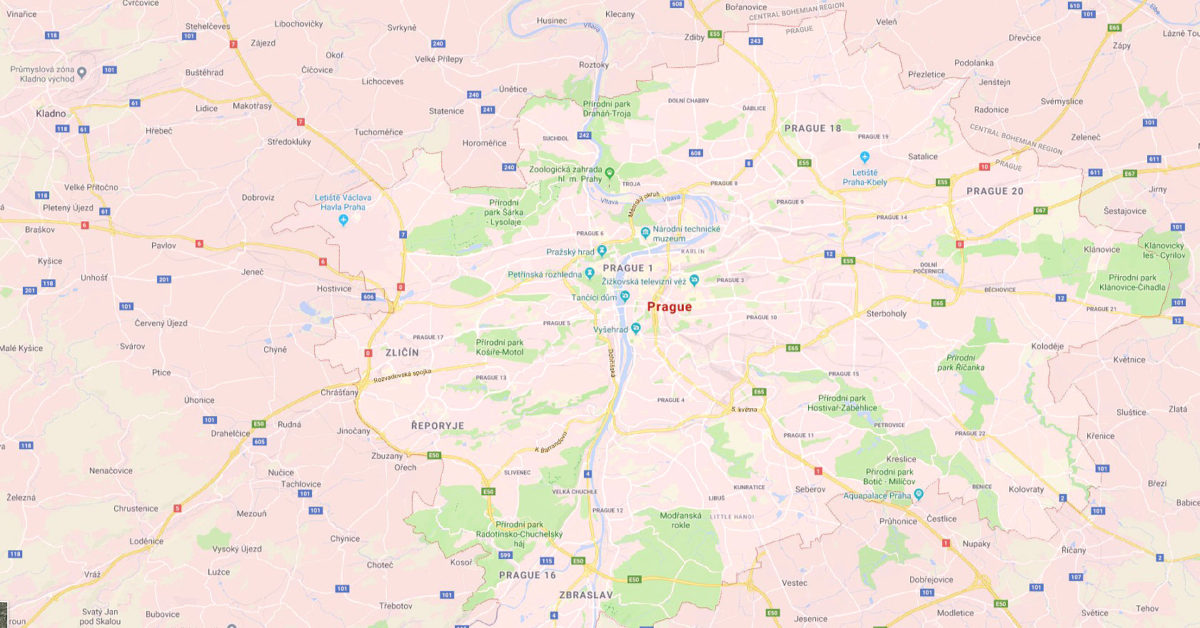
 What makes Prague, which is the largest and capital city of the Czech Republic, different from other cities? Is it worth spending your holidays in or is it just an ordinary city with nothing for its visitors to experience? Although the city is popular for its temperate oceanic climate with warm summers, its chilly winters cannot be ignored. Most visitors are expected to exercise their discretion as they make their tour of the city during chilly winters or warm summers. It is impossible to dictate when all people should visit Prague. This is a city that has been in existence since the Gothic through the Renaissance and was at some point the capital of the Holy Roman Empire before the World War I.
What makes Prague, which is the largest and capital city of the Czech Republic, different from other cities? Is it worth spending your holidays in or is it just an ordinary city with nothing for its visitors to experience? Although the city is popular for its temperate oceanic climate with warm summers, its chilly winters cannot be ignored. Most visitors are expected to exercise their discretion as they make their tour of the city during chilly winters or warm summers. It is impossible to dictate when all people should visit Prague. This is a city that has been in existence since the Gothic through the Renaissance and was at some point the capital of the Holy Roman Empire before the World War I.